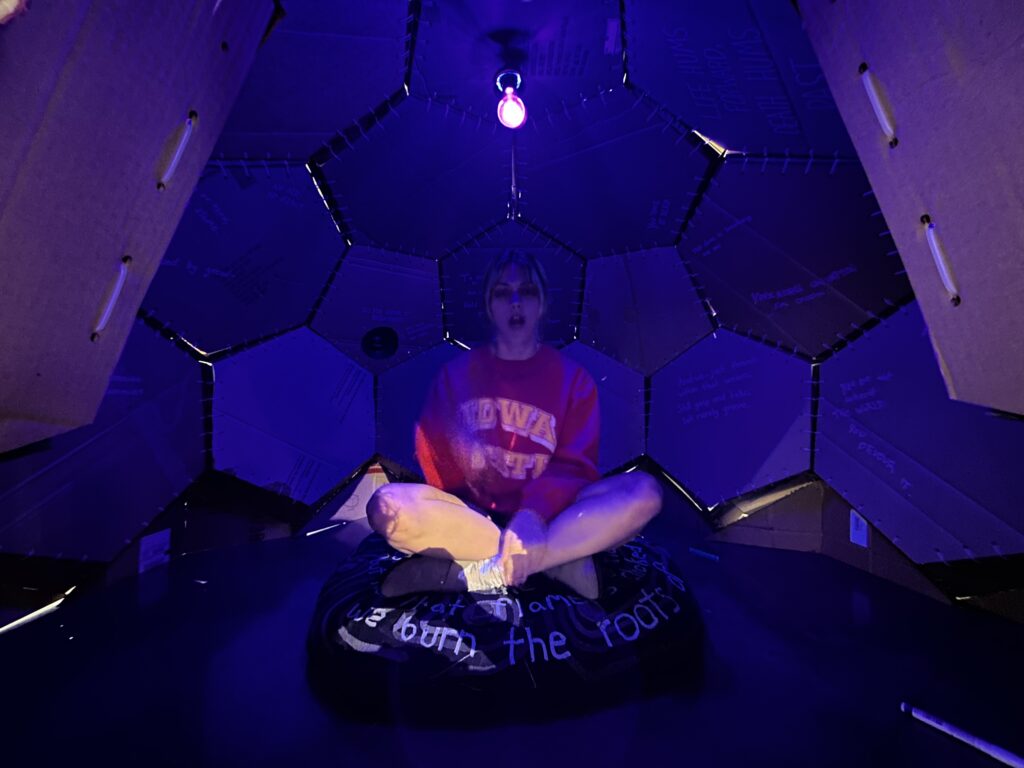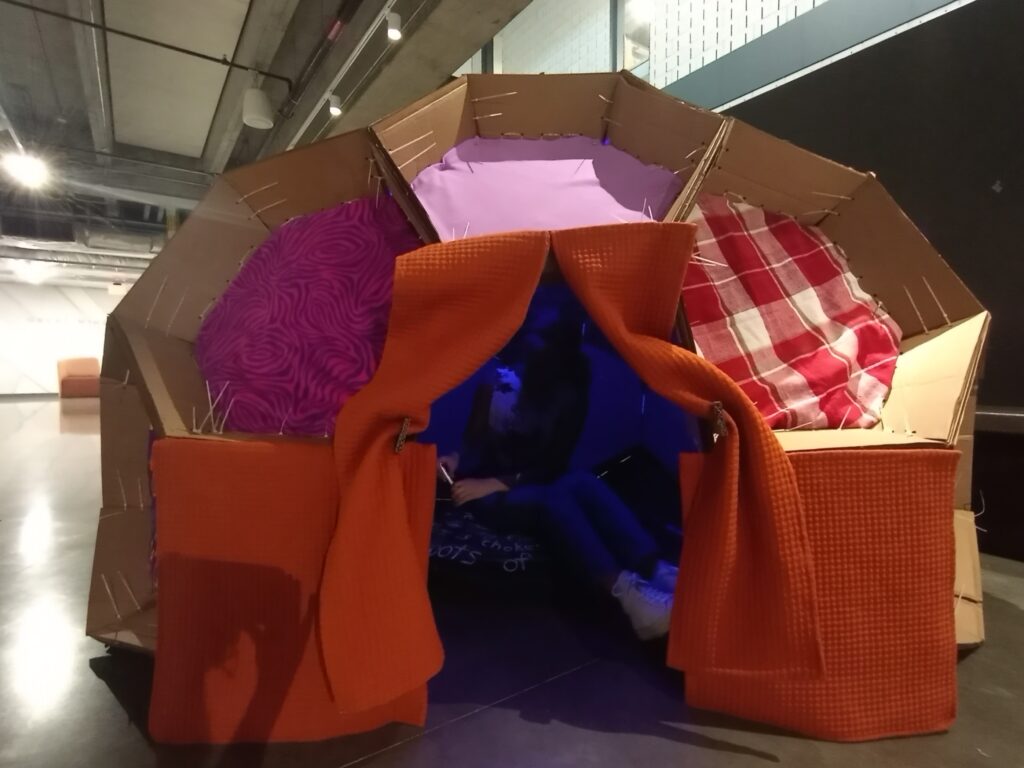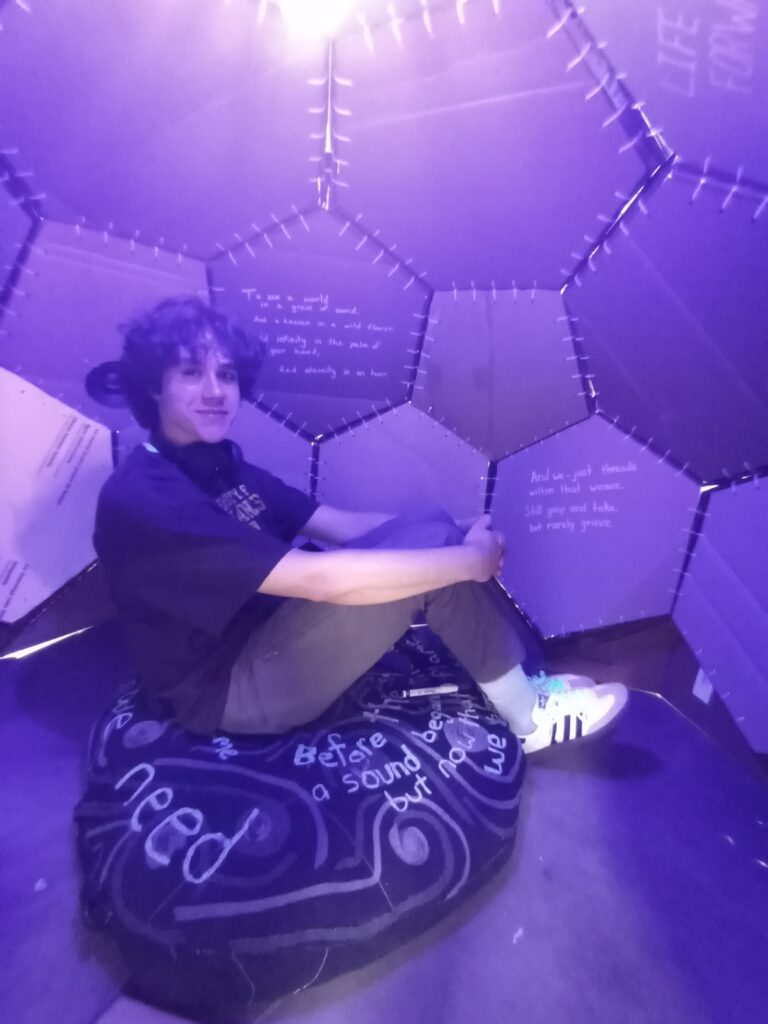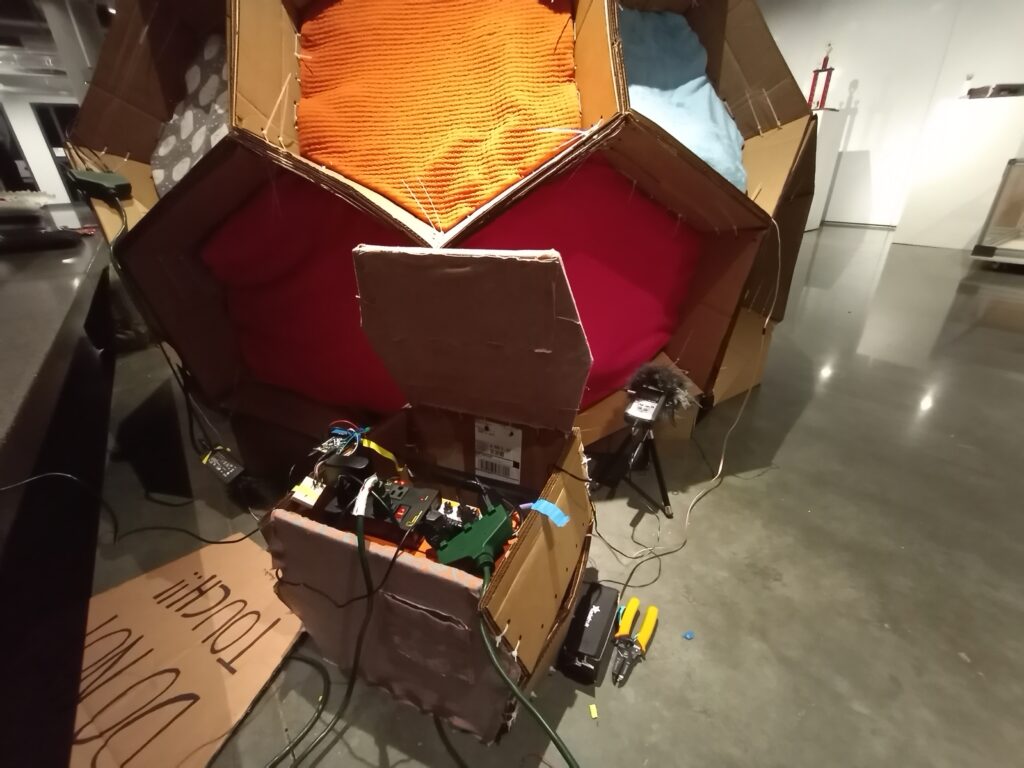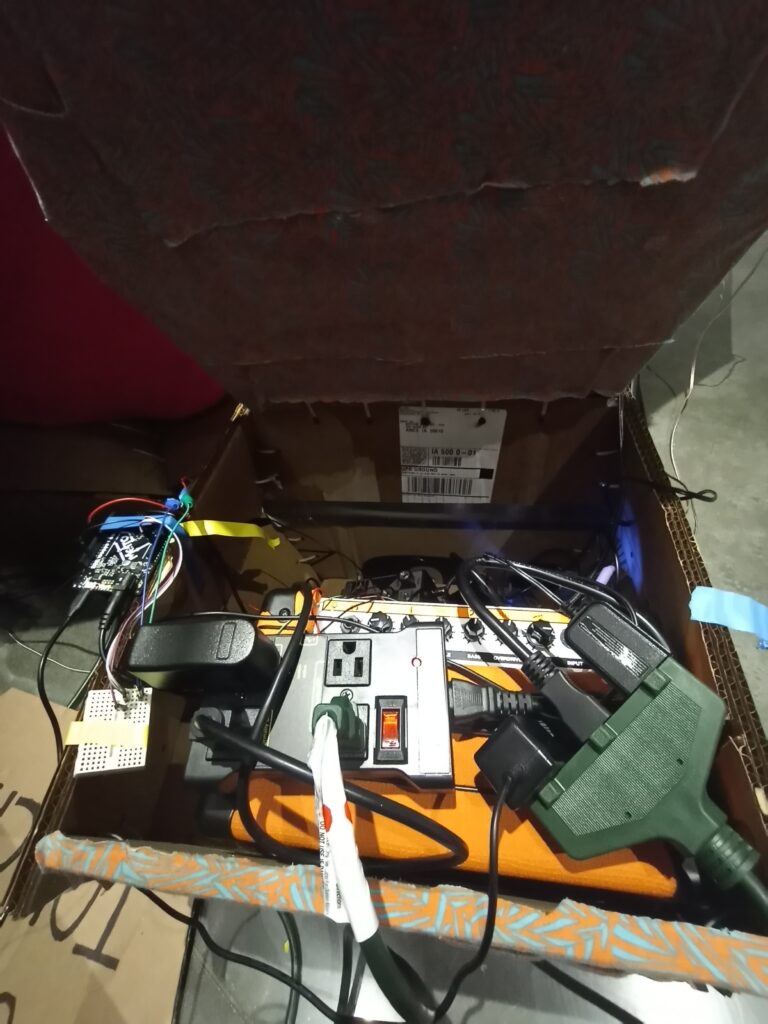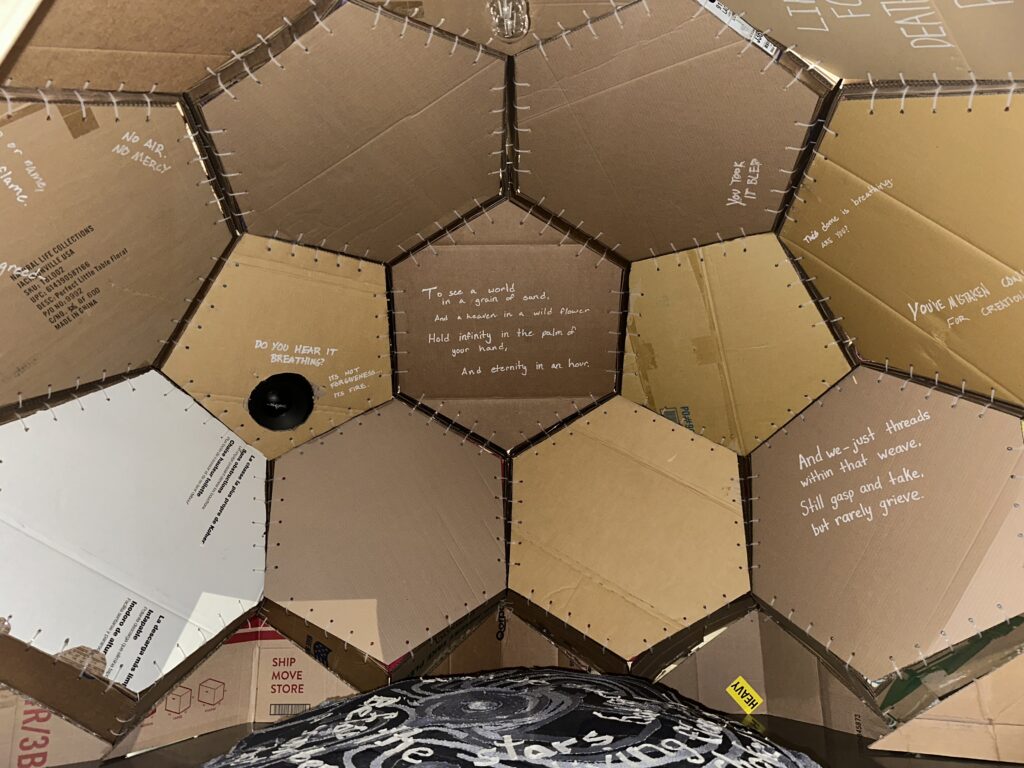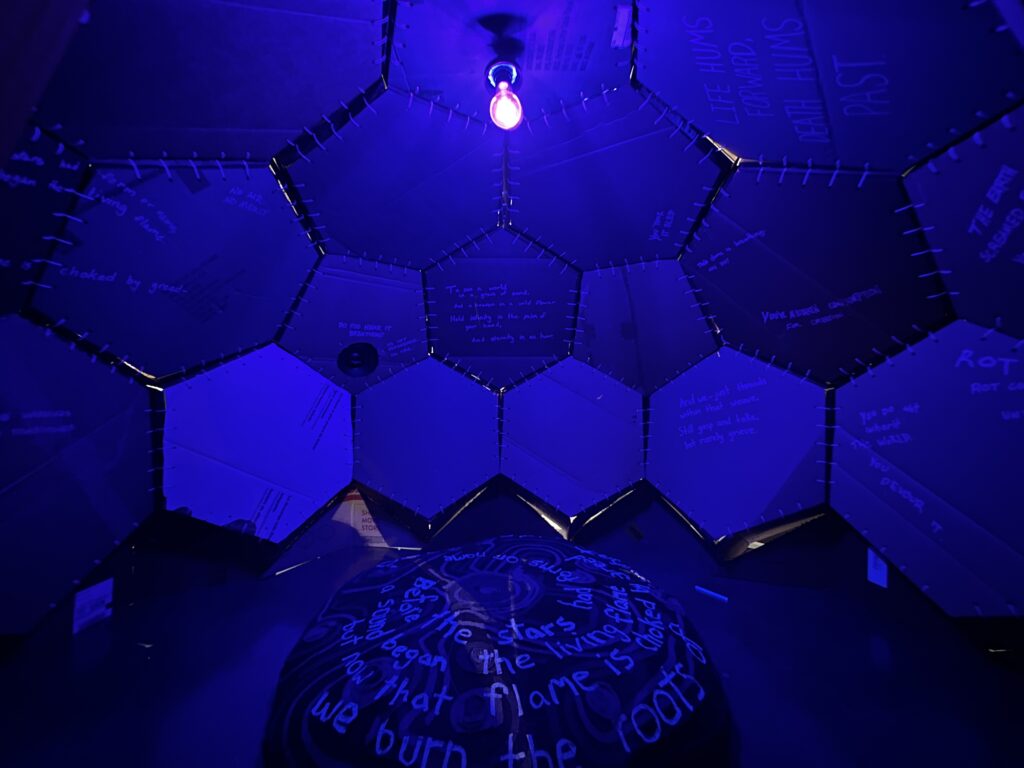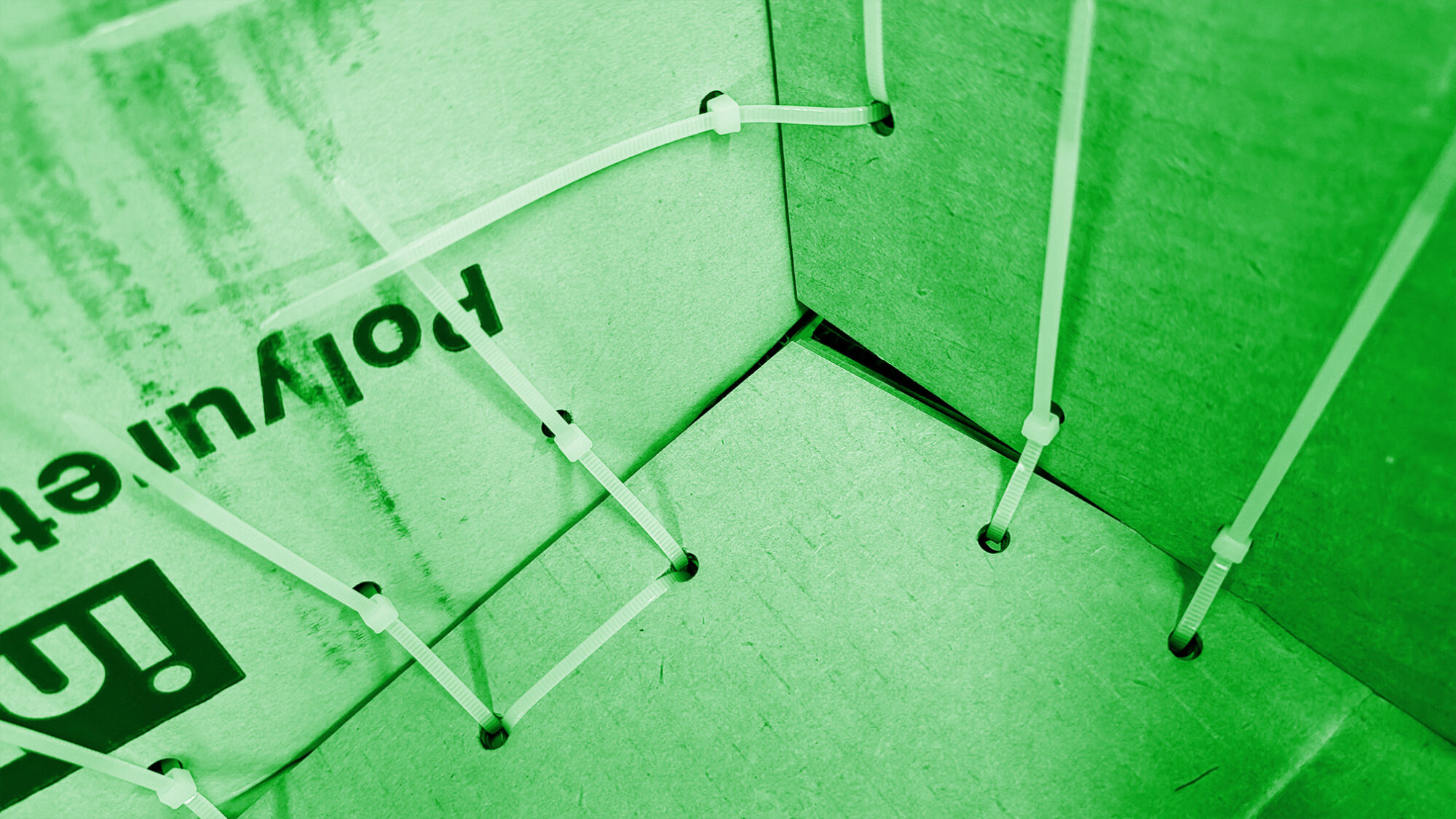Welcome to Team Death Mints
At Team Mint, our journey began with a deep exploration of death and sound, two concepts that, at first glance, might seem worlds apart. We were struck by the poetic symmetry in the idea that the universe began with a sound, “the Big Bang” and that, for humans, hearing is often the last sense to fade at the end of life. This cyclical relationship between sound and existence inspired us to think more broadly about beginnings and endings, not just for individuals, but for all forms of life.
From this our vision grew. We felt it was essential to expand our focus beyond the human experience to include the fragility of all life on Earth. The environmental and planetary crises unfolding today are not just scientific concerns, they are existential ones. To express this, we created a dome constructed entirely from recycled materials. Within this space, visitors are immersed in an abstract auditory experience that interprets environmental decline and death through sound.
Our work is a meditation on the cycle of life and death, a reminder of what we stand to lose, and a call to cherish the lives human and non-human that shape our shared world.
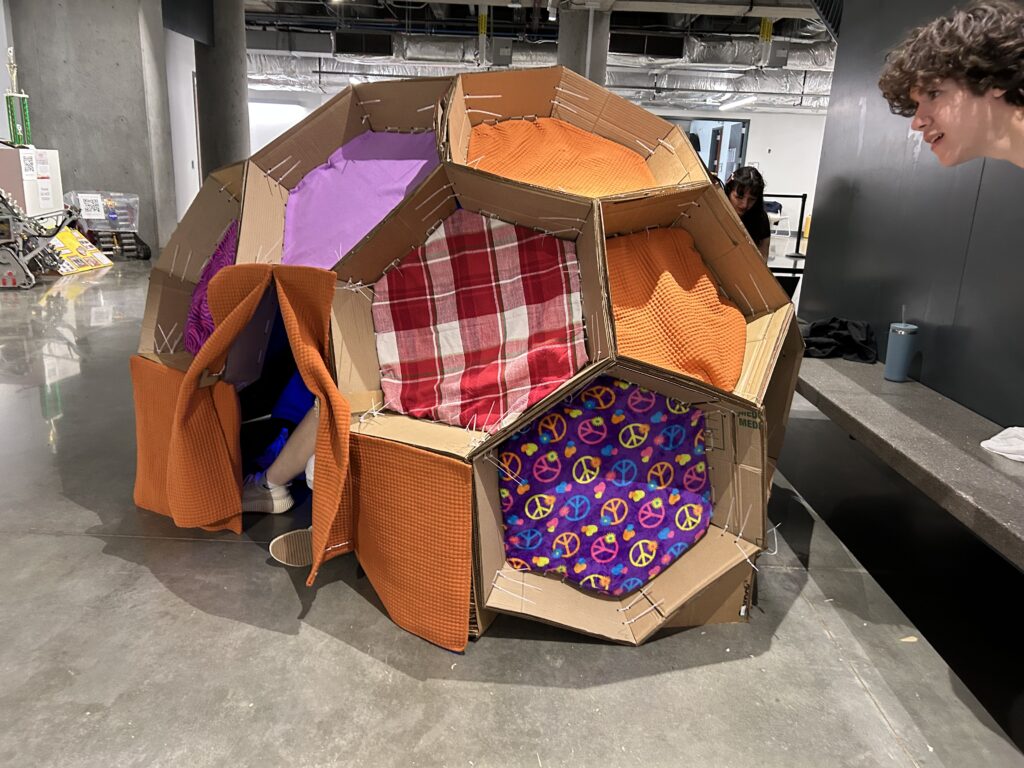
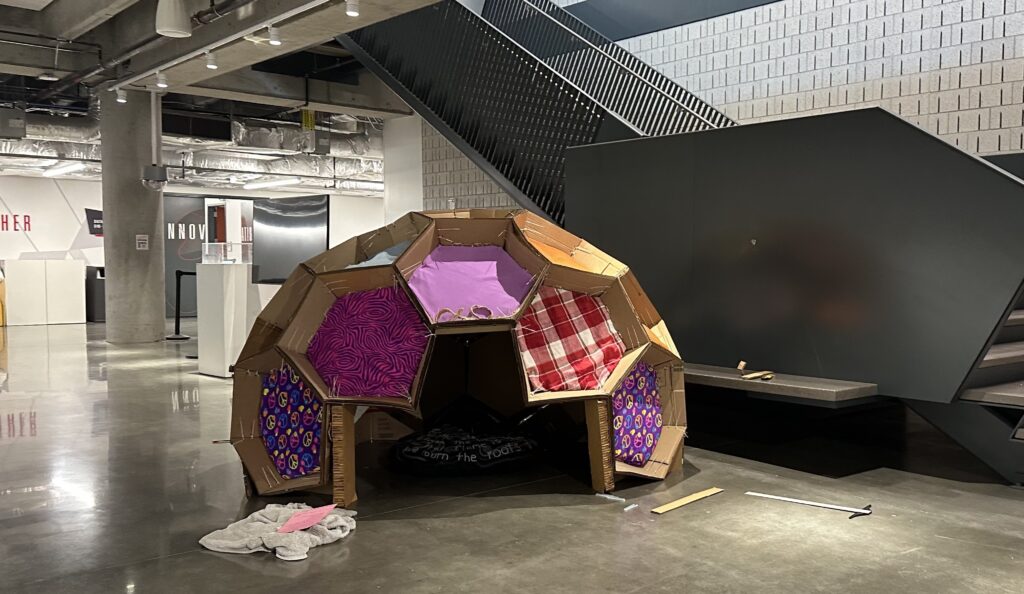
Initial inspiration for project.




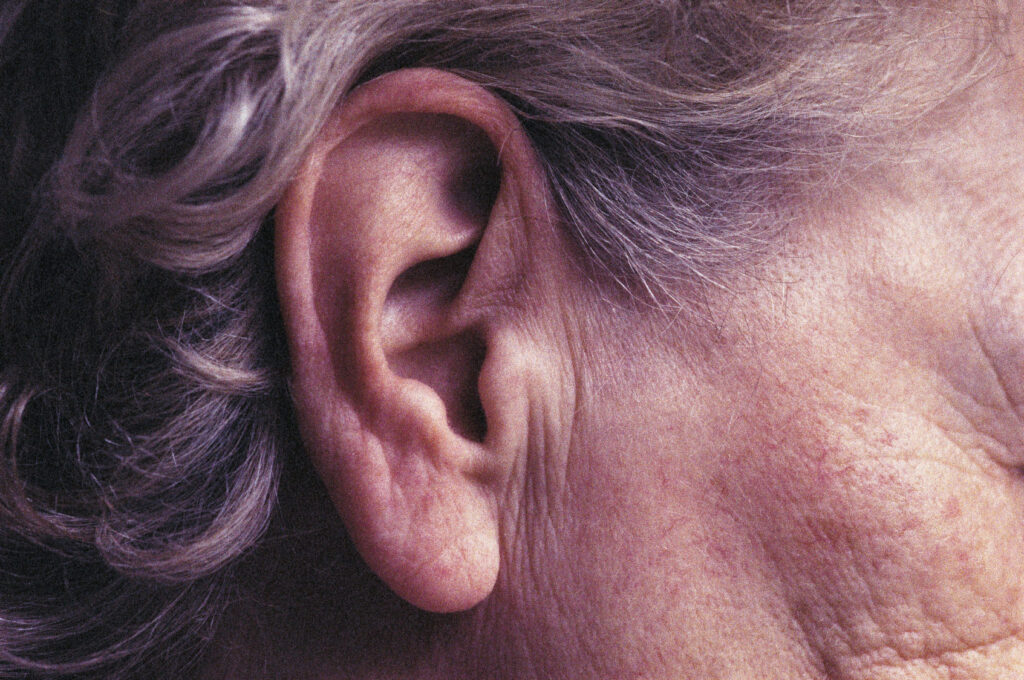
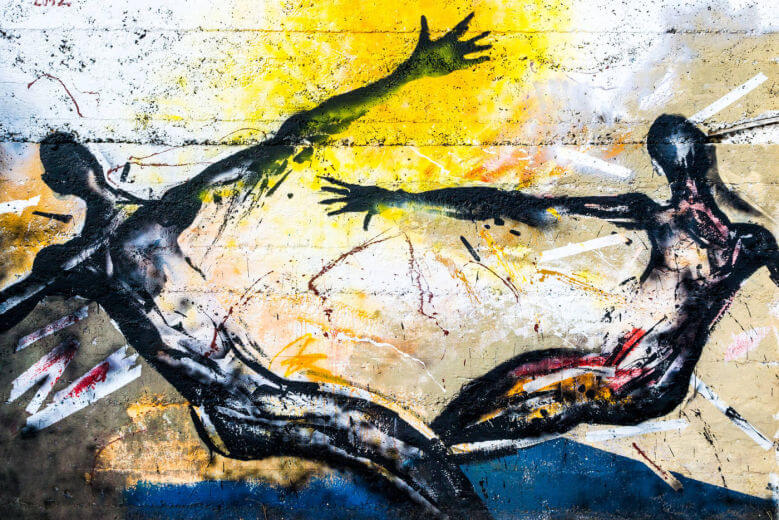
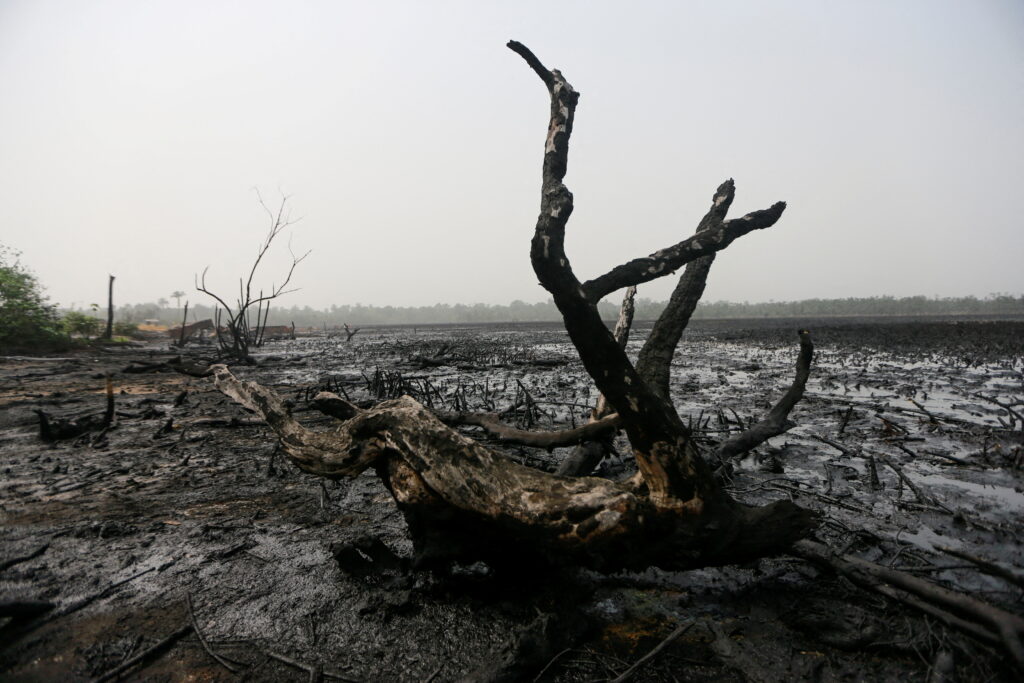

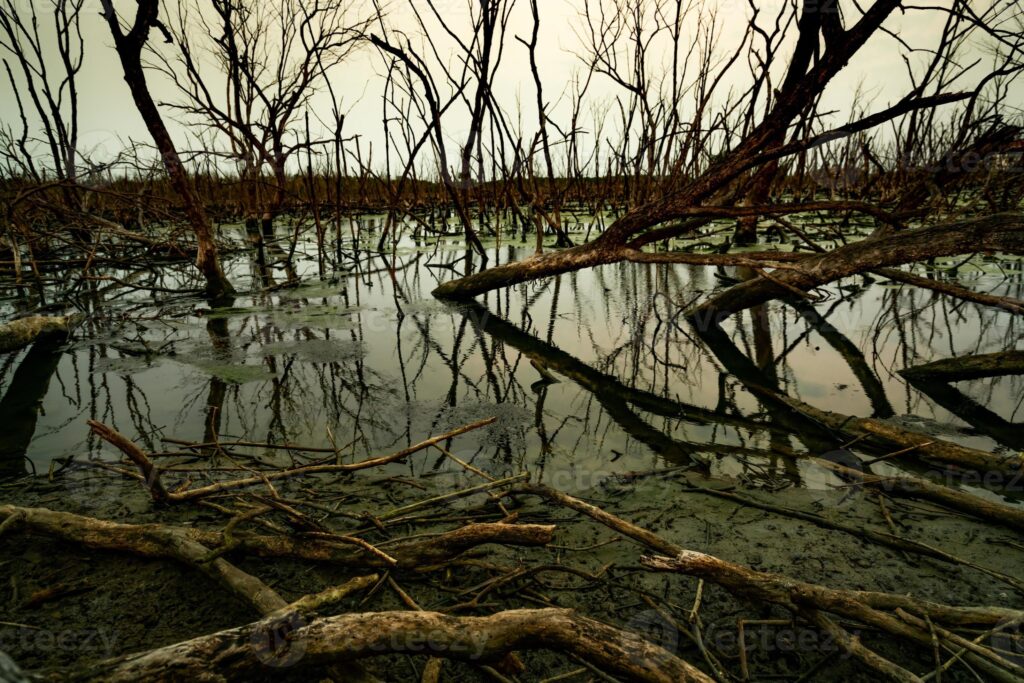
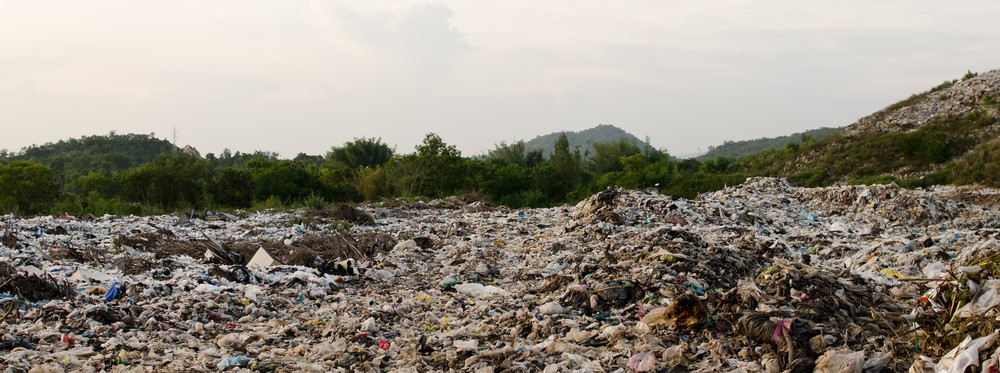
RESEARCH
Our final concept was the result of a long, winding process of research and collaboration. At the beginning, we weren’t sure where to start, so we took time to sit down as a team and reflect on our individual strengths. One of us had experience with coding and audio/video editing, while another was familiar with physical building techniques and the laser cutting labs on campus. Understanding our collective skill set helped guide what we could realistically build and explore. During this time, we also researched a wide range of precedent images and examples, from immersive installations to interactive sculptures, to help inspire and shape our thinking. Early ideas included gamifying life and death, perhaps as a pinball machine, or creating a labyrinth to encourage reflection. These concepts had potential but lacked the emotional weight we were aiming for. While brainstorming, someone suggested crawling through a space, which led us to the idea of a tent. We sketched versions of tents and even considered a phone booth before finally landing on a dome. This form allowed us to experiment with sound distortion and design a sonic experience that interprets what it might feel like to hear a planet die.
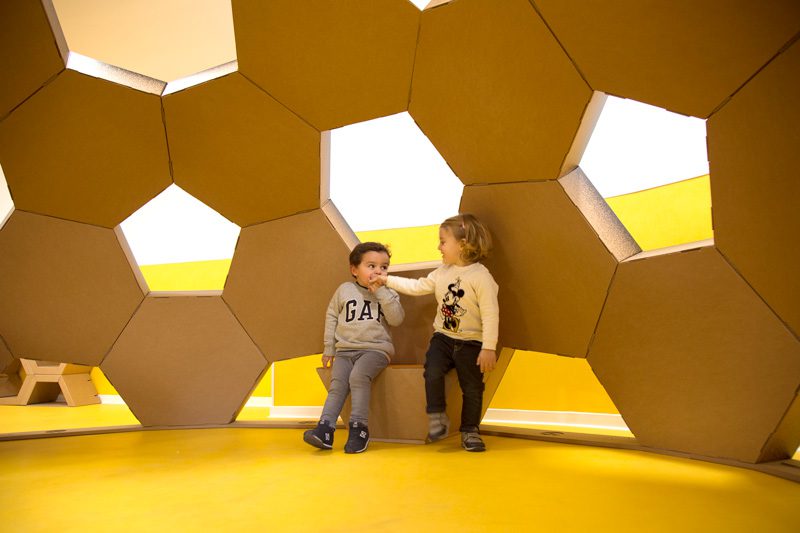
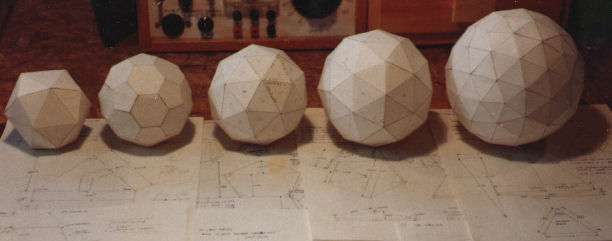
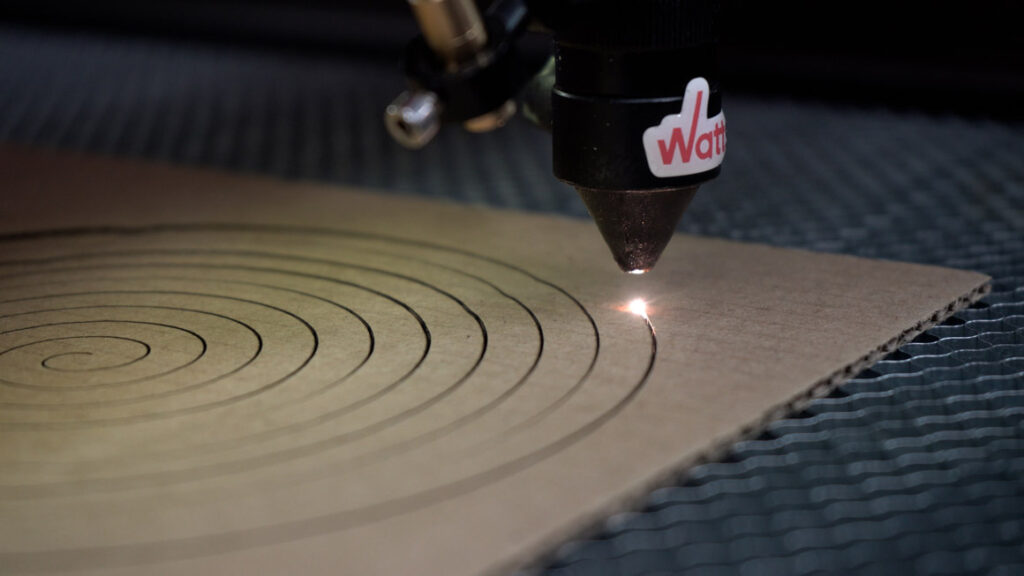
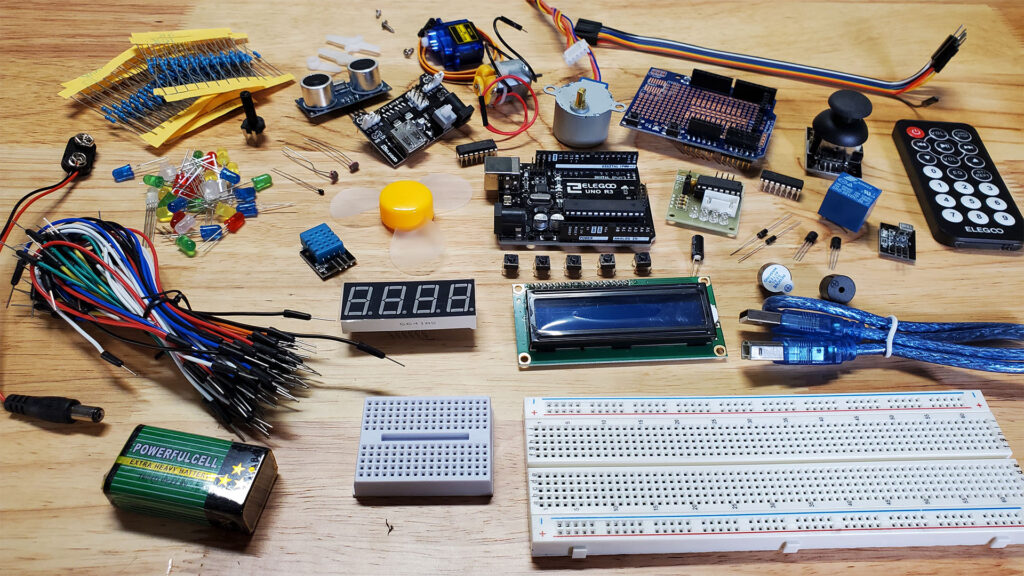
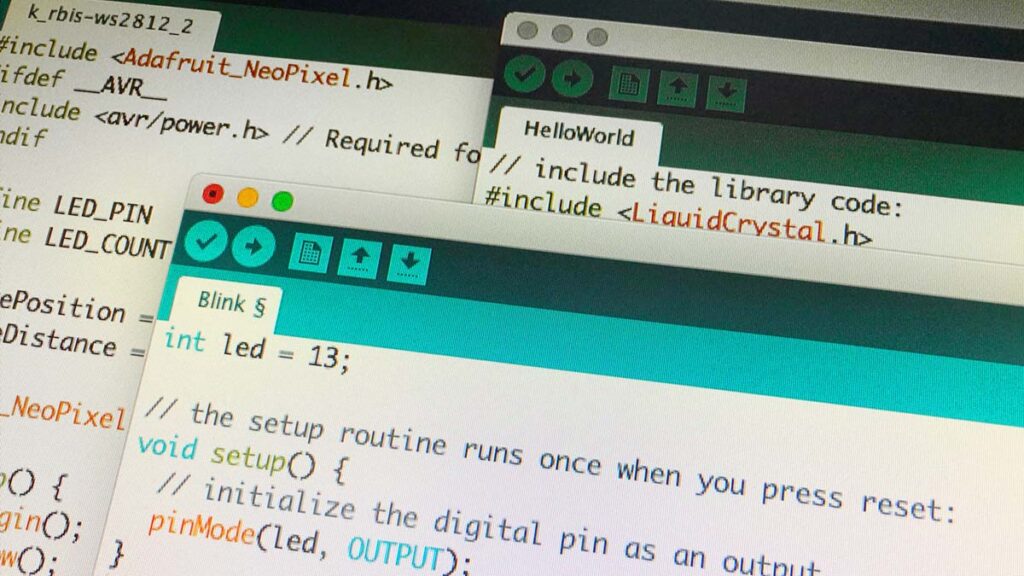
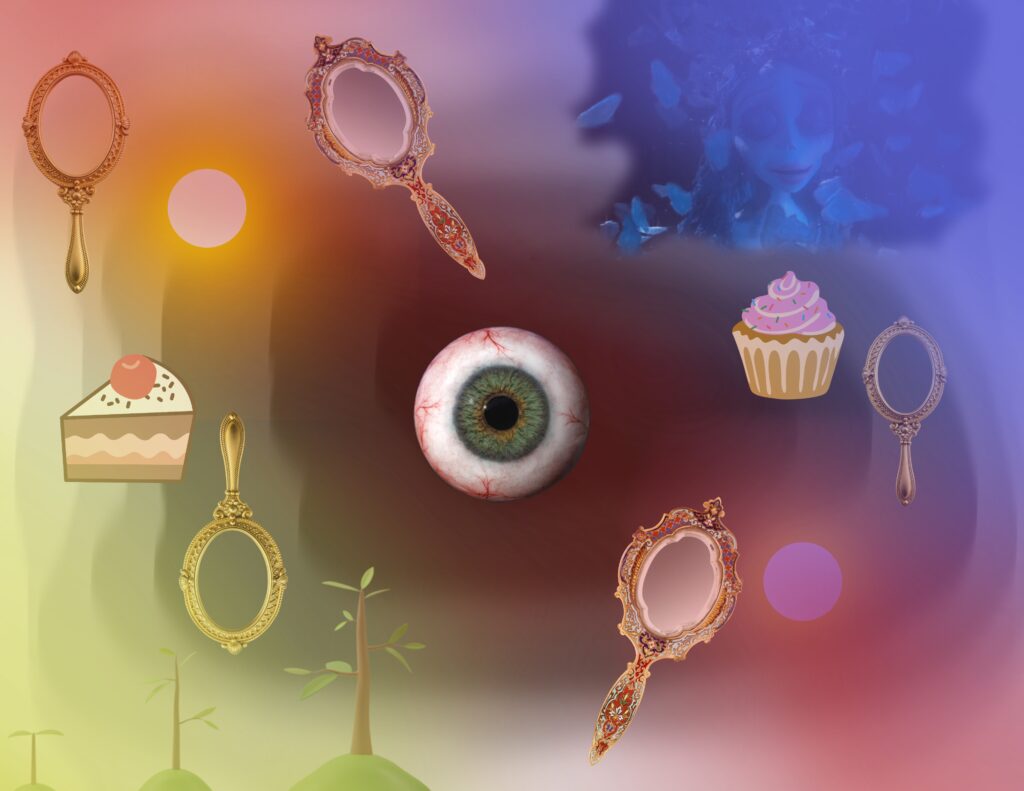
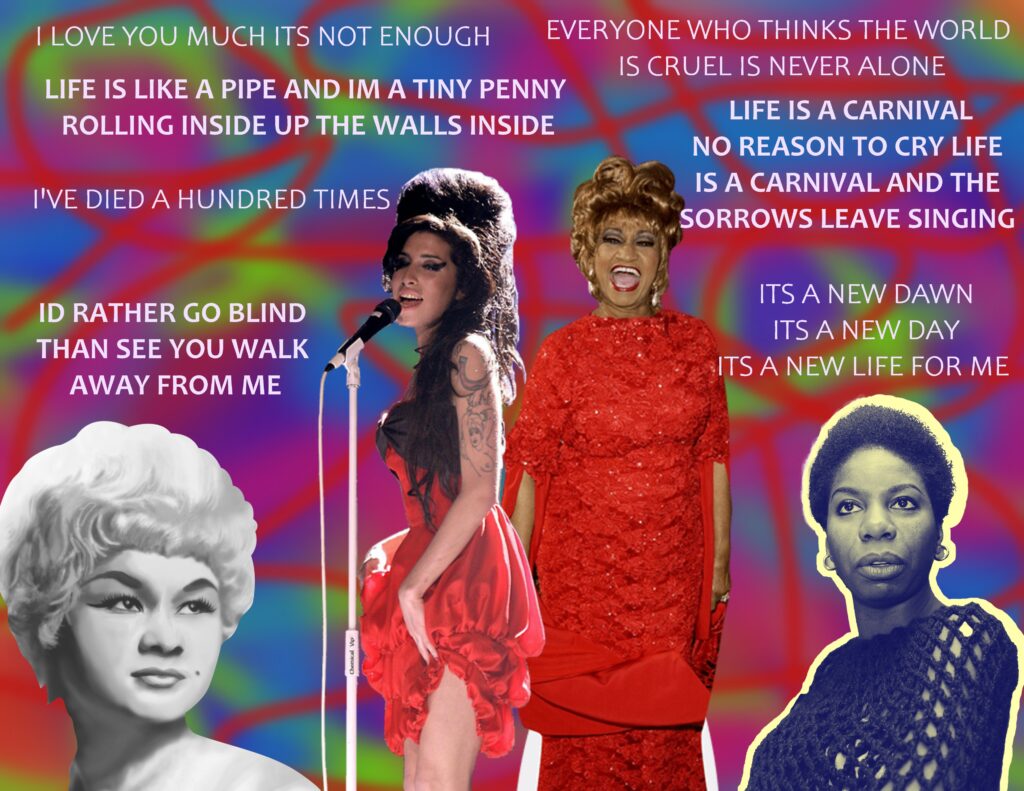
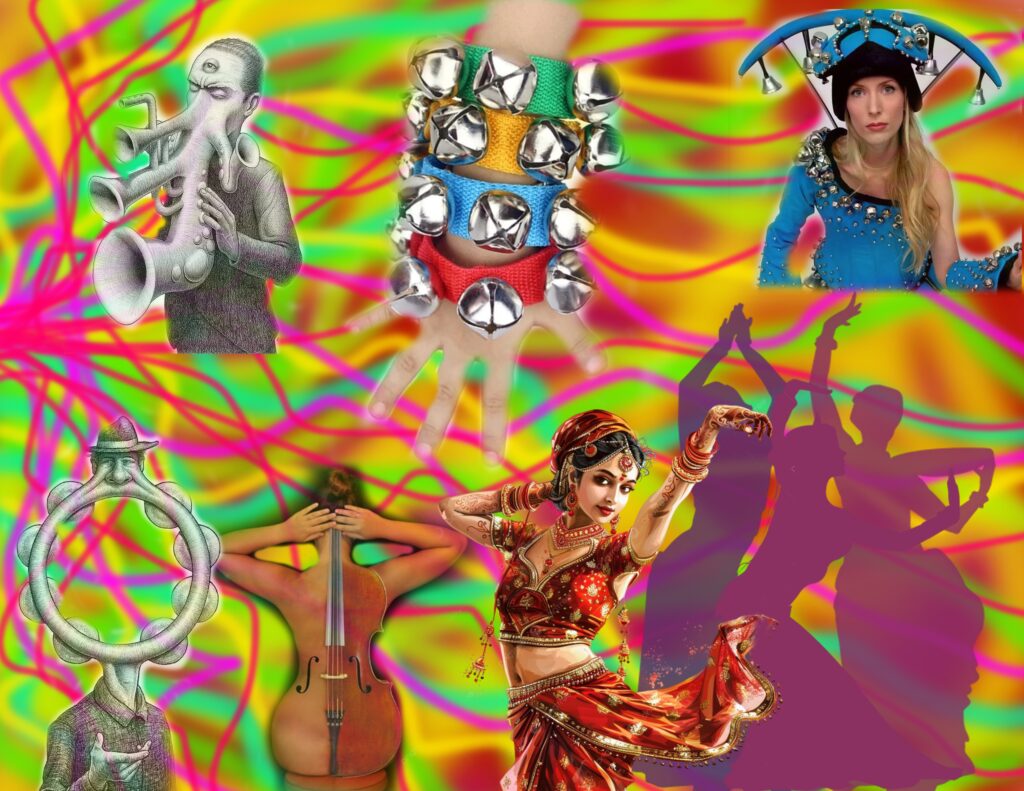
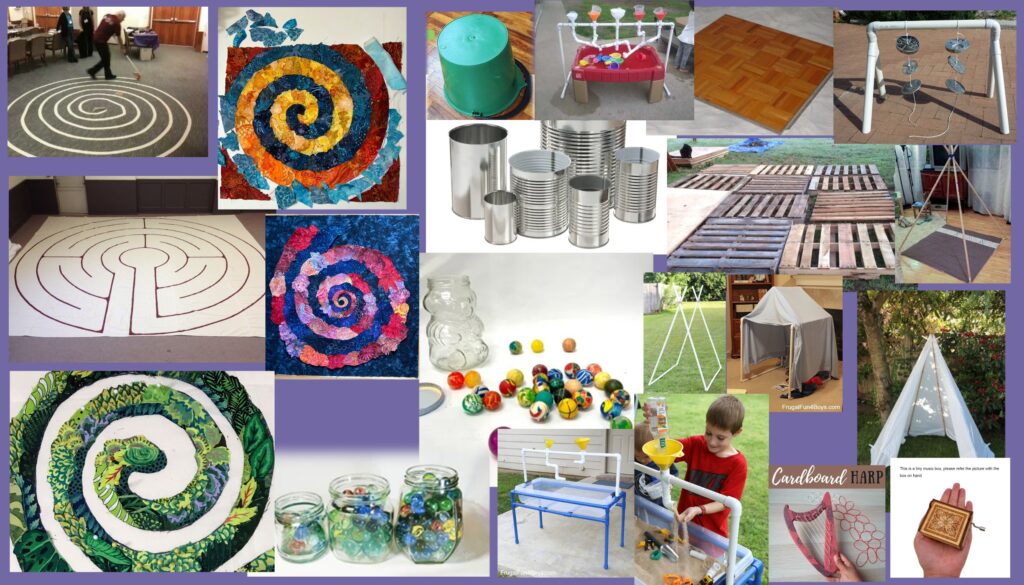
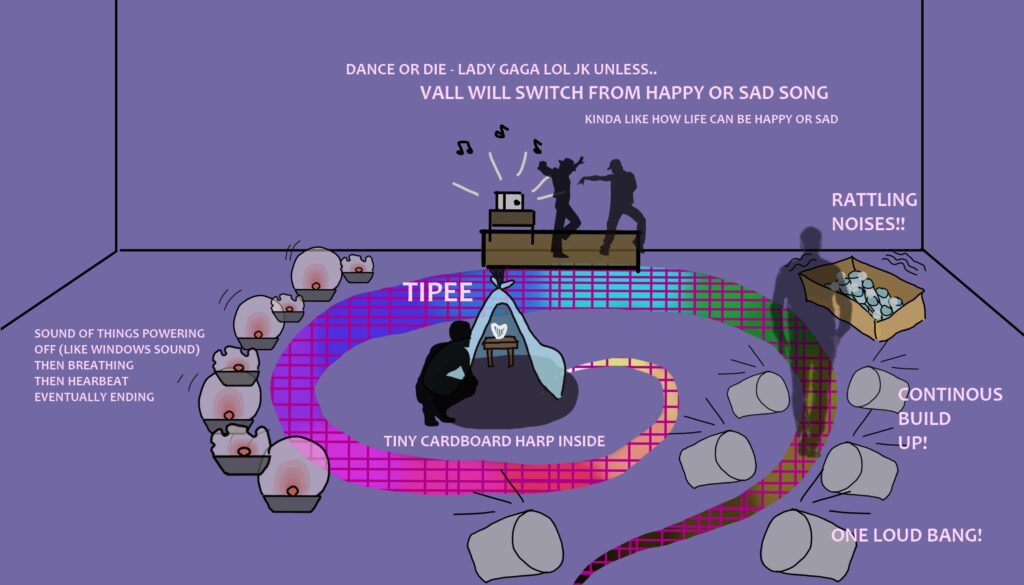
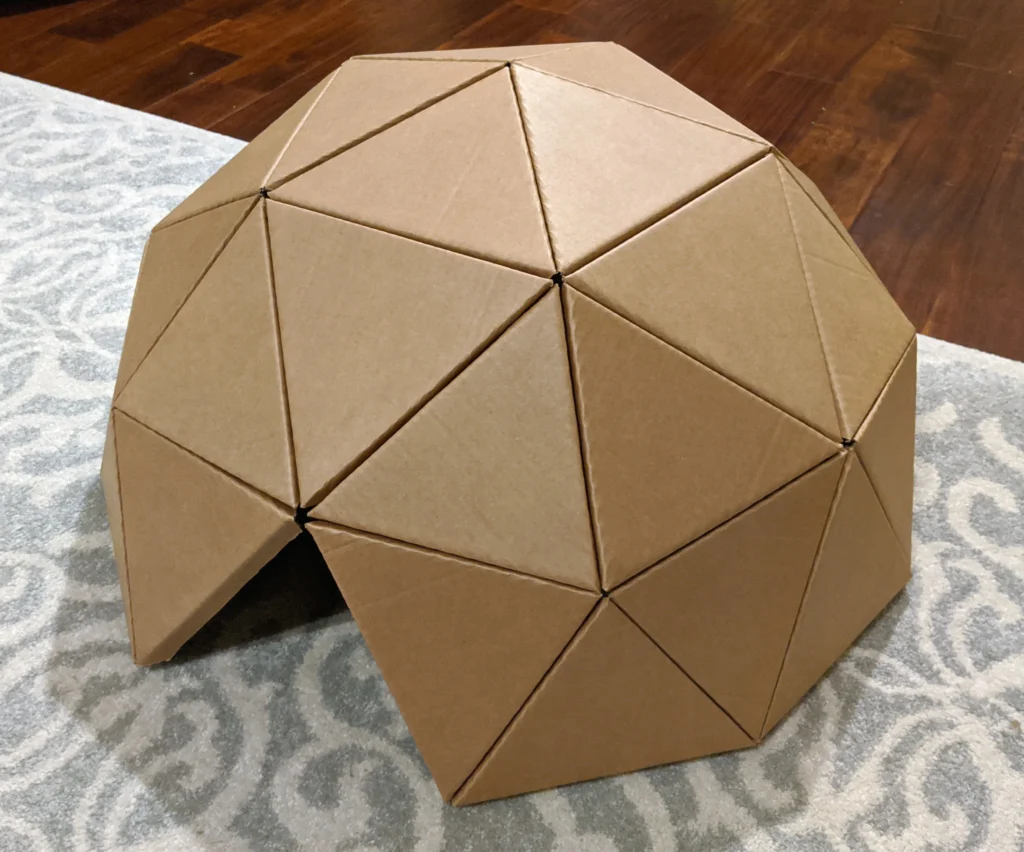
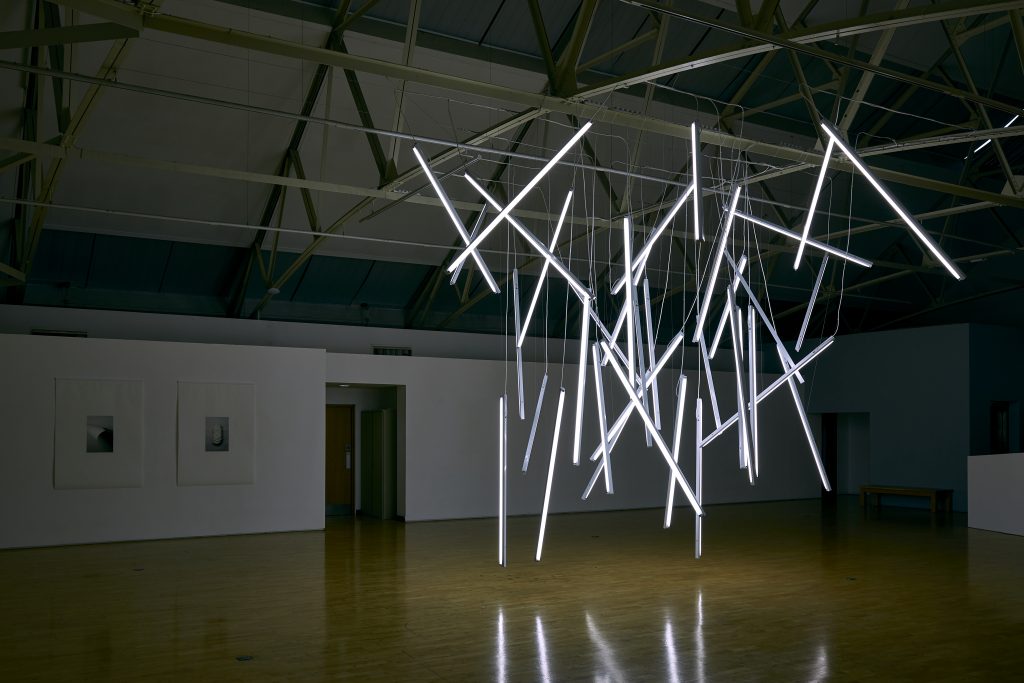
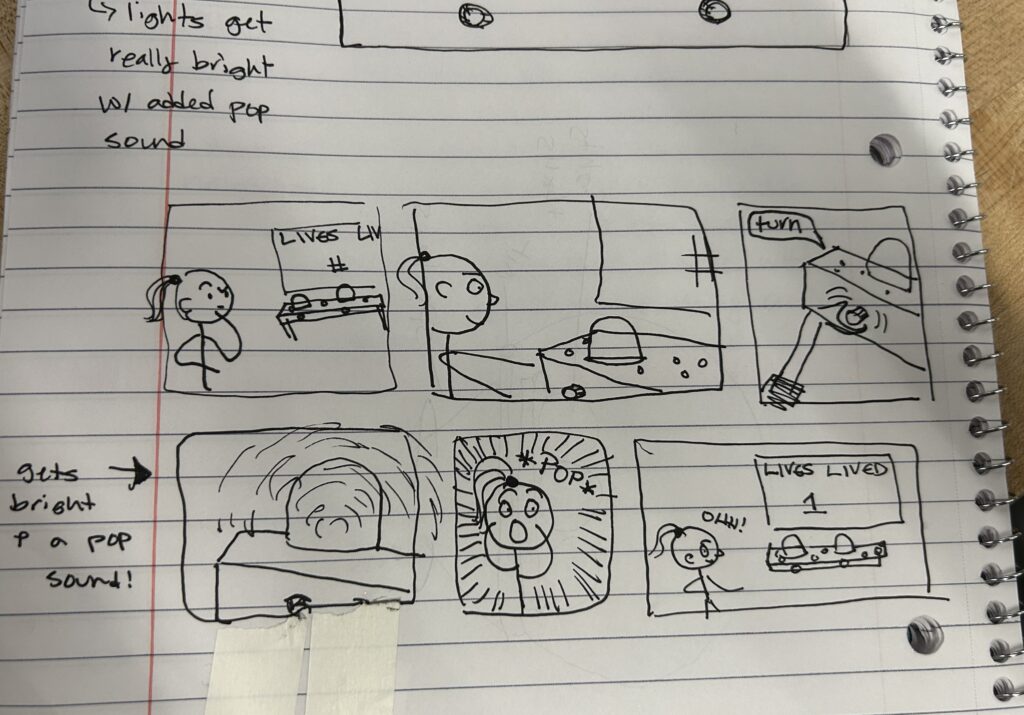
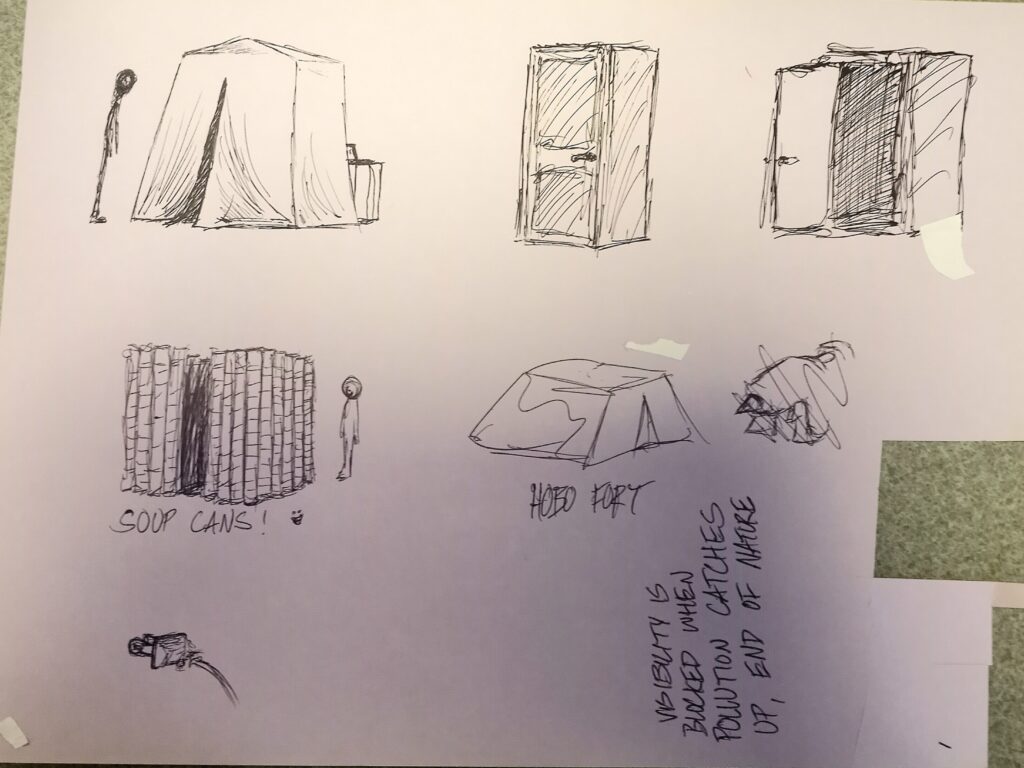
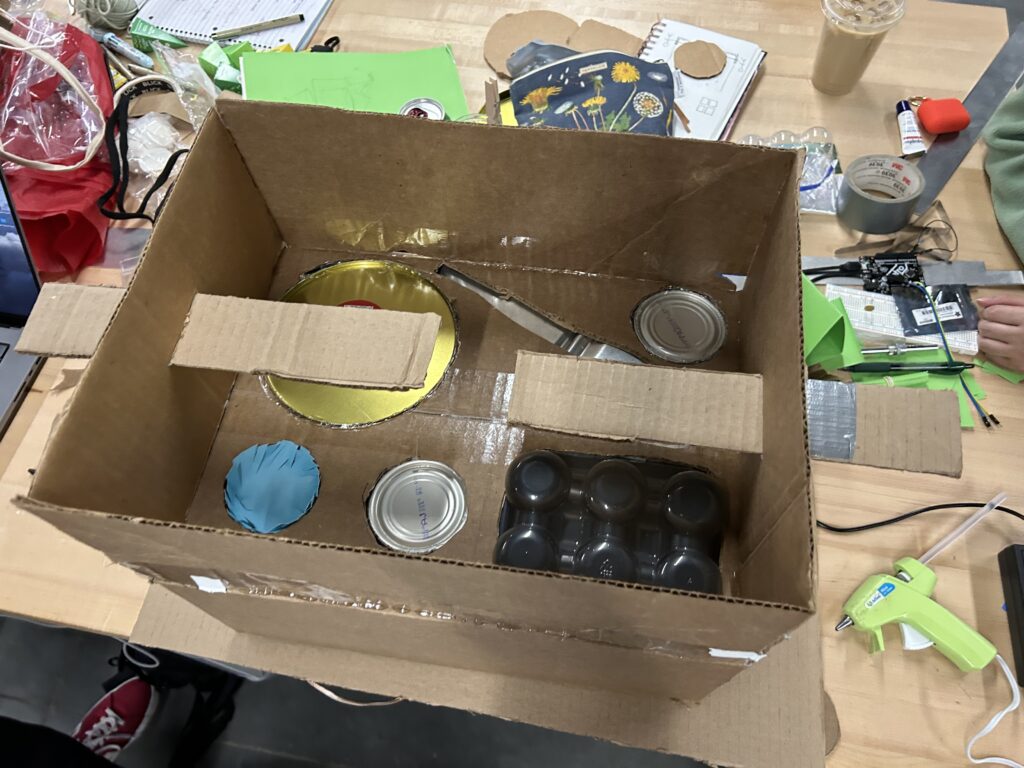
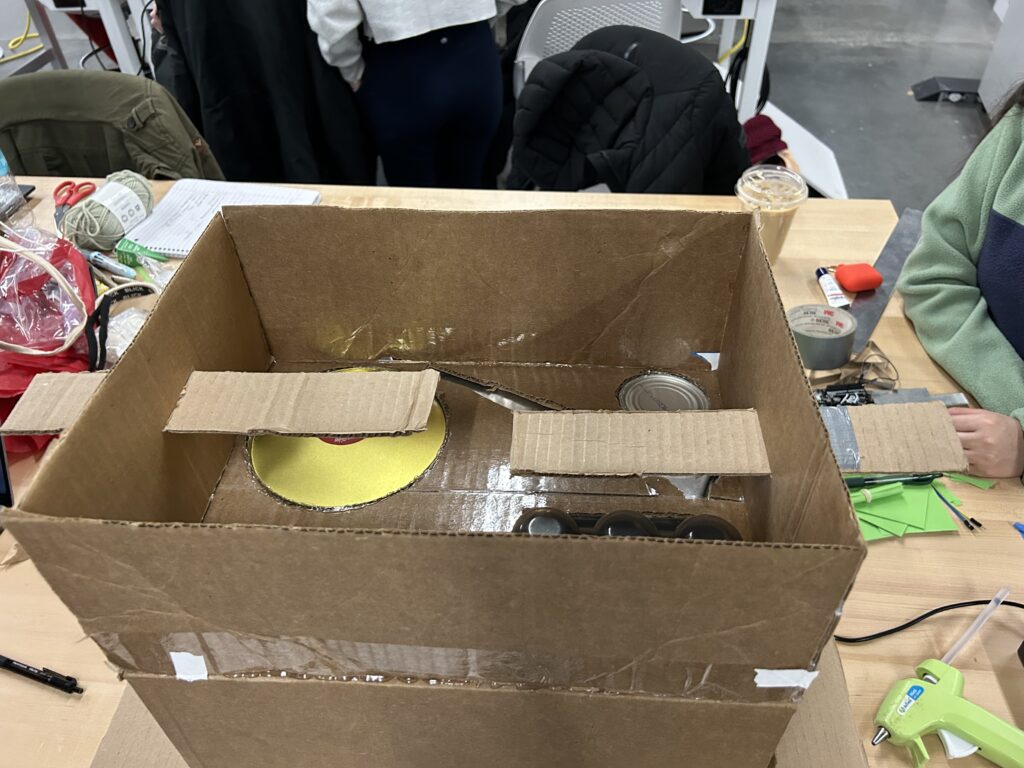
SKETCHING AND IDEATION
Before settling on the dome structure, we spent a lot of time sketching and experimenting with different ideas. We tried building early concepts and even created small objects to explore how they could produce unique sounds. One material we experimented with was metal—its harsh, screeching quality stuck with us and ultimately made its way into the final audio composition. Sketching played a huge role in our ideation process. We drew multiple versions of structures, from tents to abstract forms, and created storyboards to visualize how people might move through and experience the project. These visual exercises helped us better understand the emotional tone we wanted to evoke and guided us in shaping the final installation.
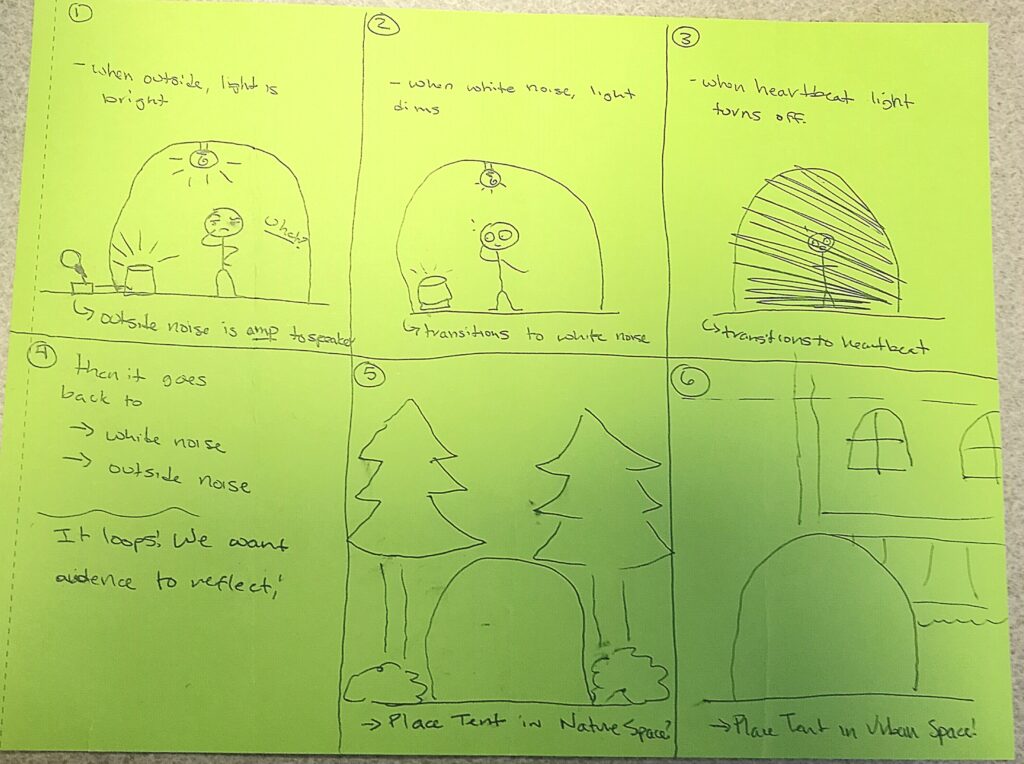
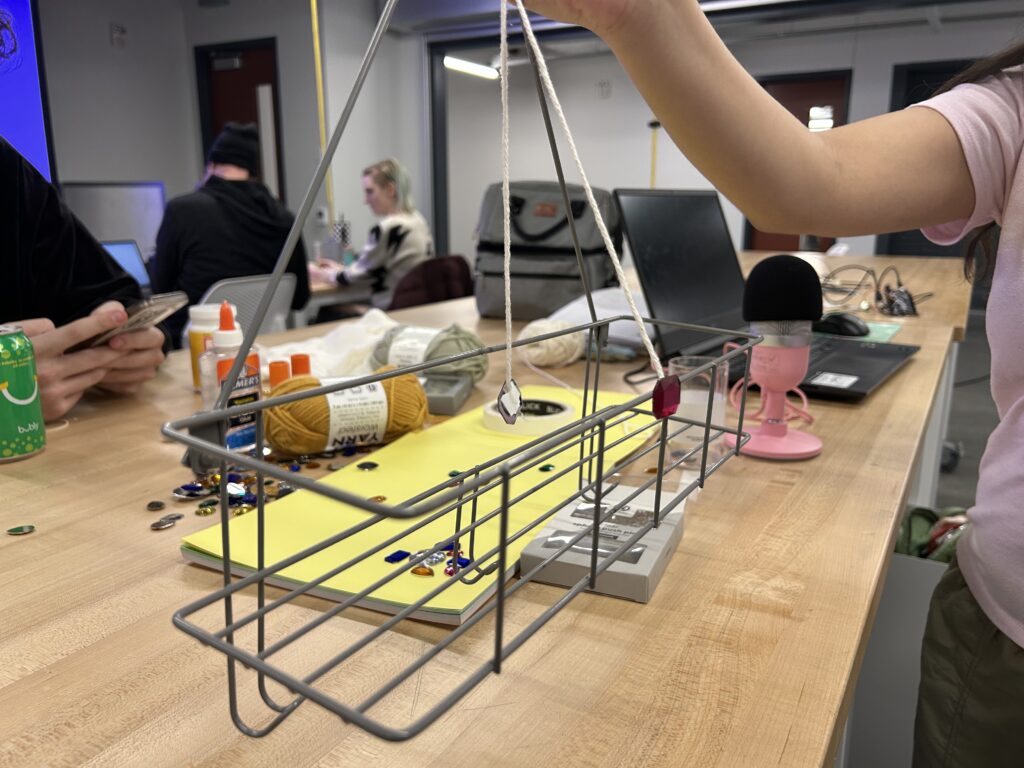
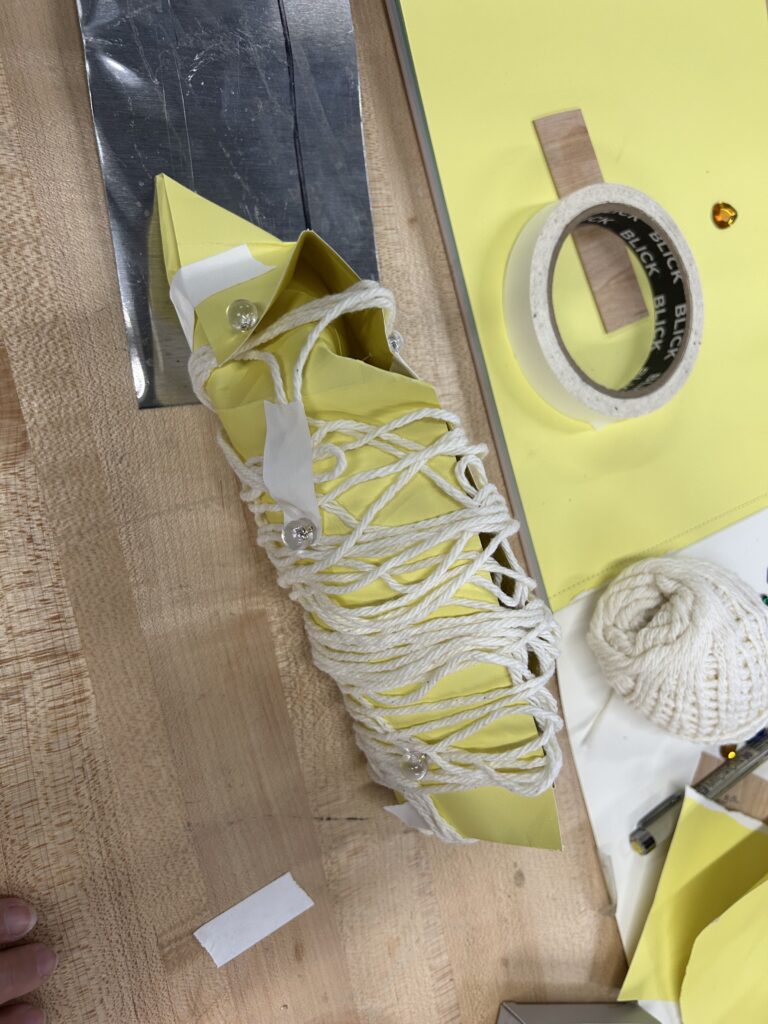
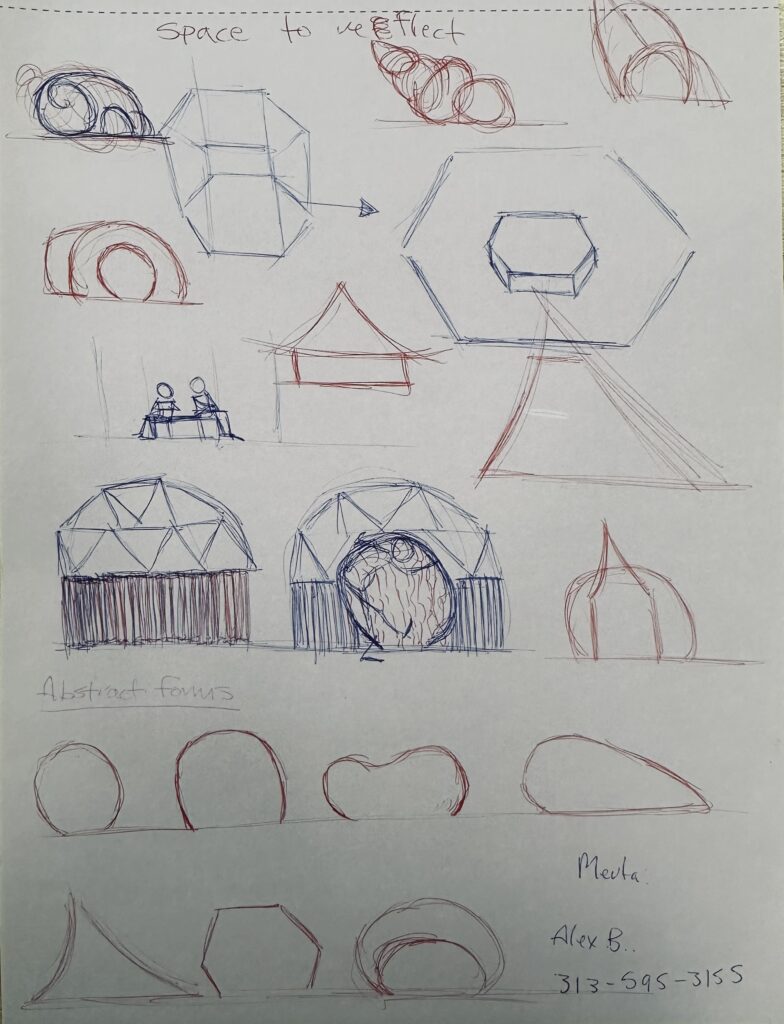
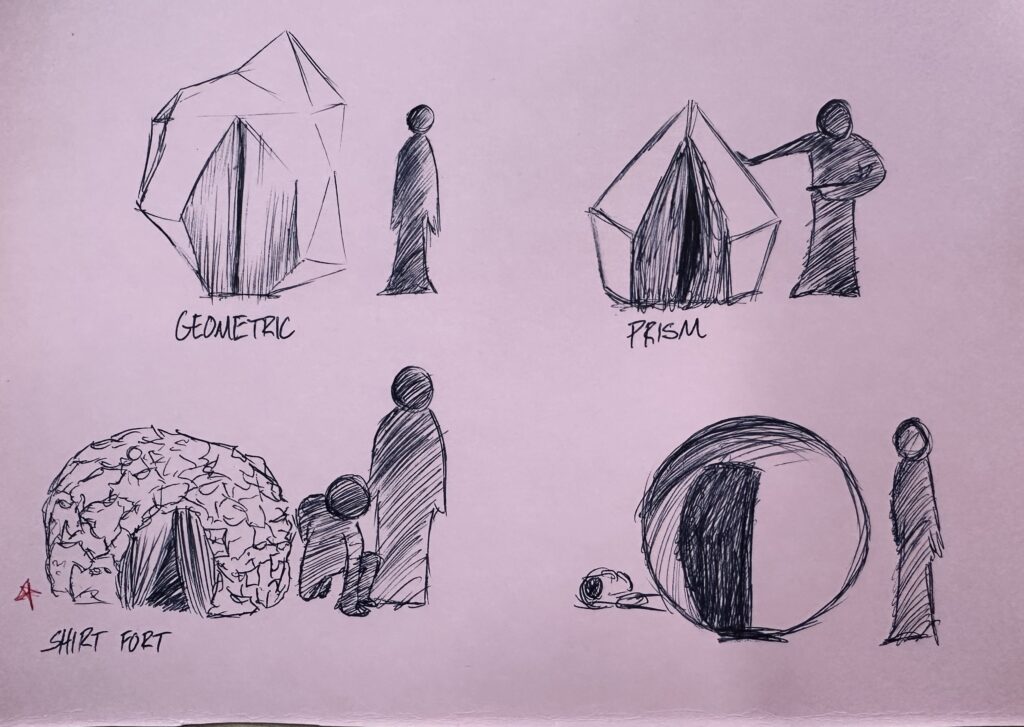
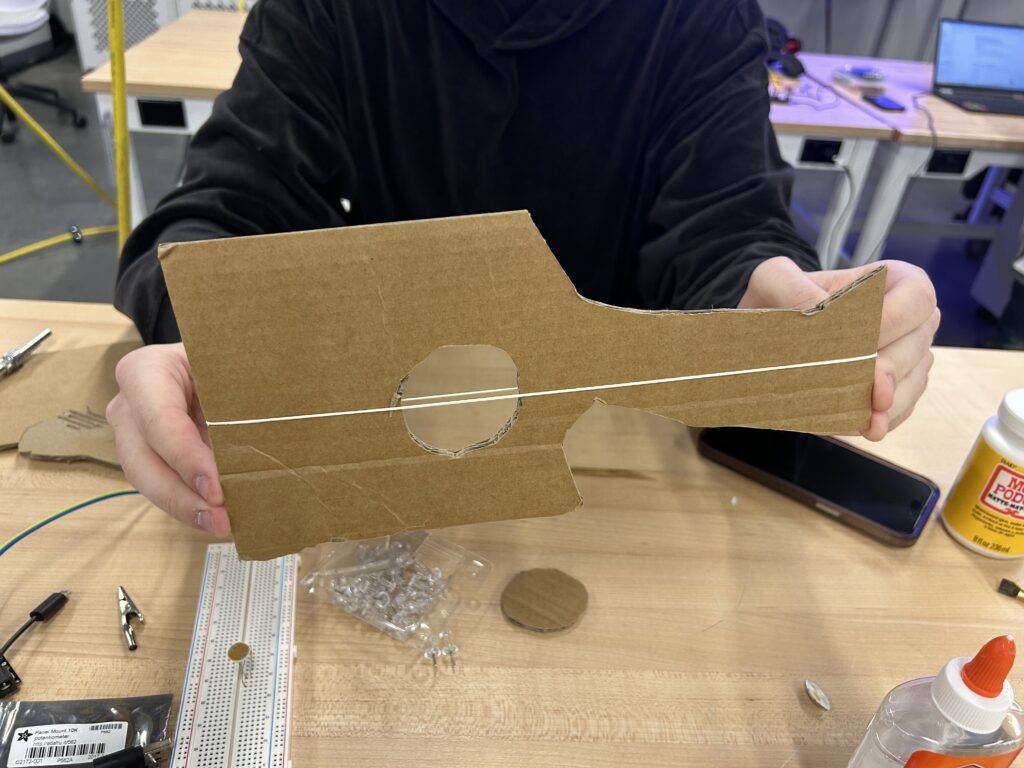
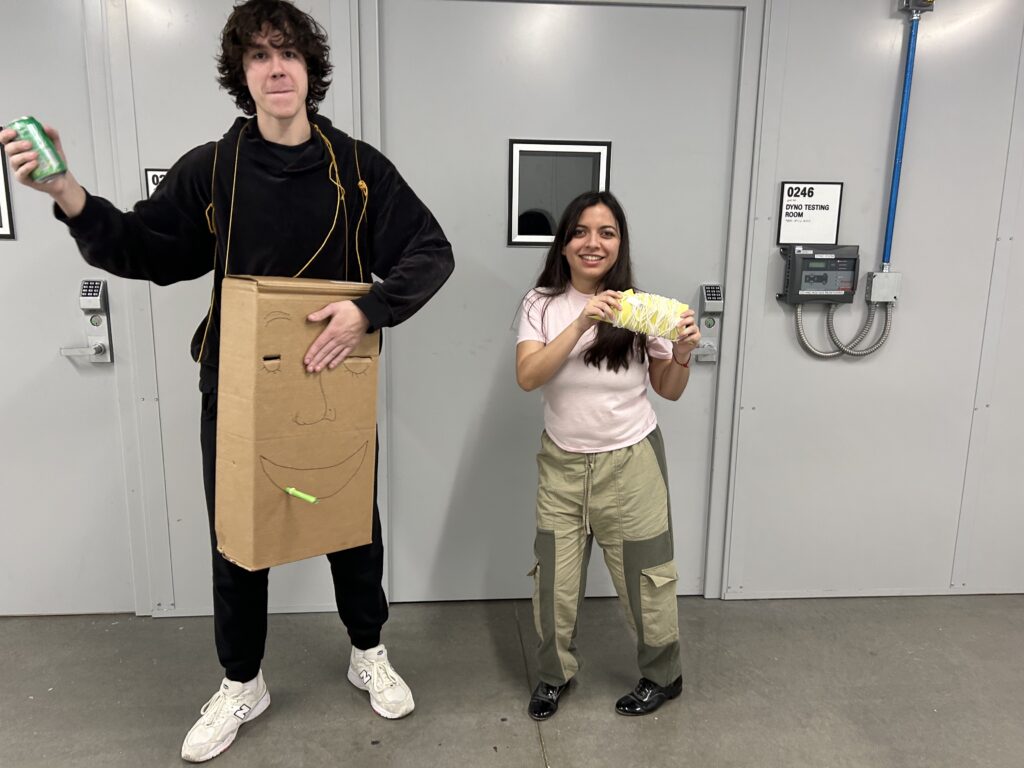
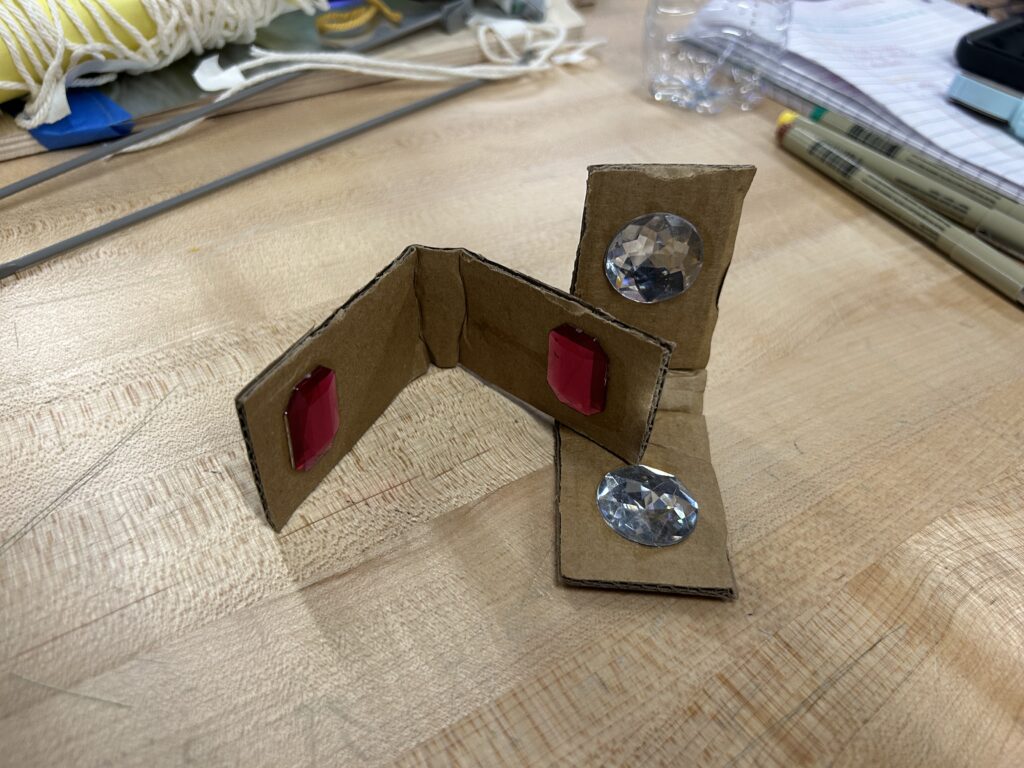
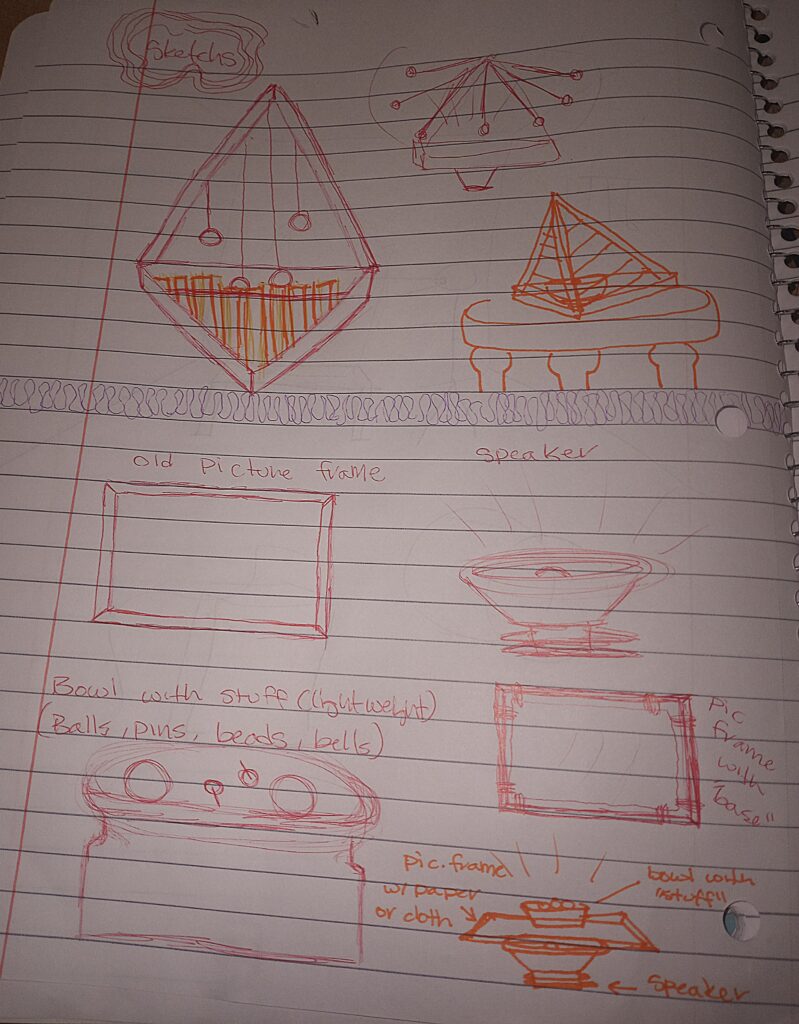
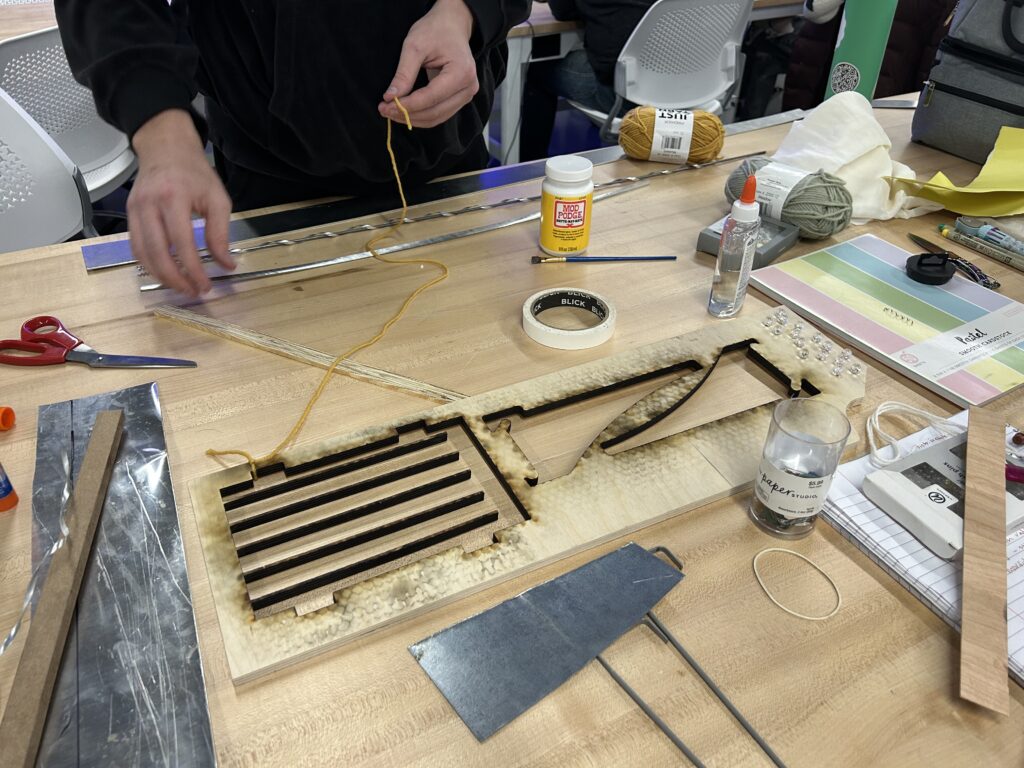
PROTOTYPING
Once we decided to create an auditory experience encapsulated in a dome, we dove into prototyping to address the many logistical and technical challenges. We had to consider materiality; what recycled materials could we use, and how would we cut and assemble them into a stable structure? At the same time, we began shaping the soundscape, layering custom-made audio elements to support our narrative of environmental decay. We also explored how to integrate Arduino and sensors to potentially trigger sound or light responses. We also investigated how to distort real-time noise and incorporate lighting that enhanced the atmosphere. Prototyping meant physically building, testing, and revising; only by experimenting hands-on could we understand what was practical and what best supported the project’s emotional impact.
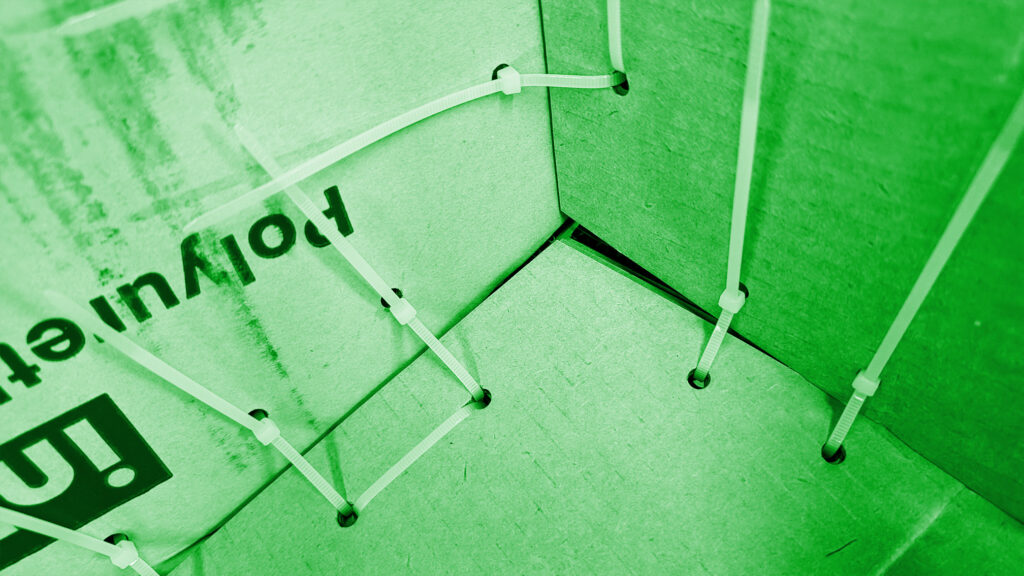
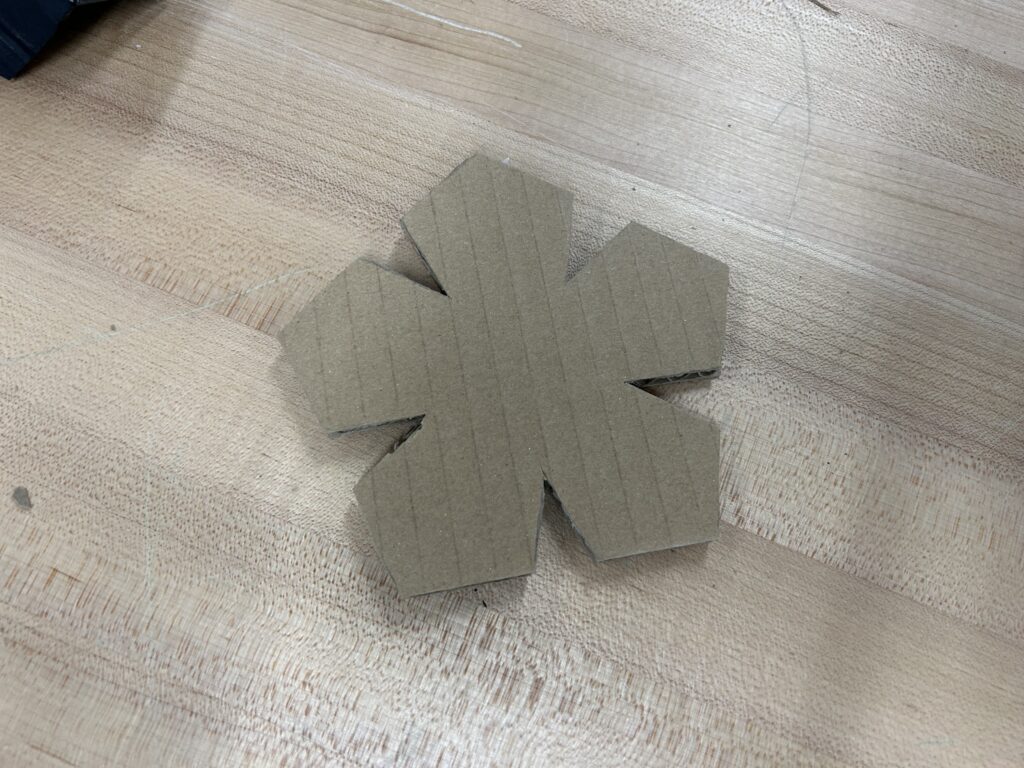
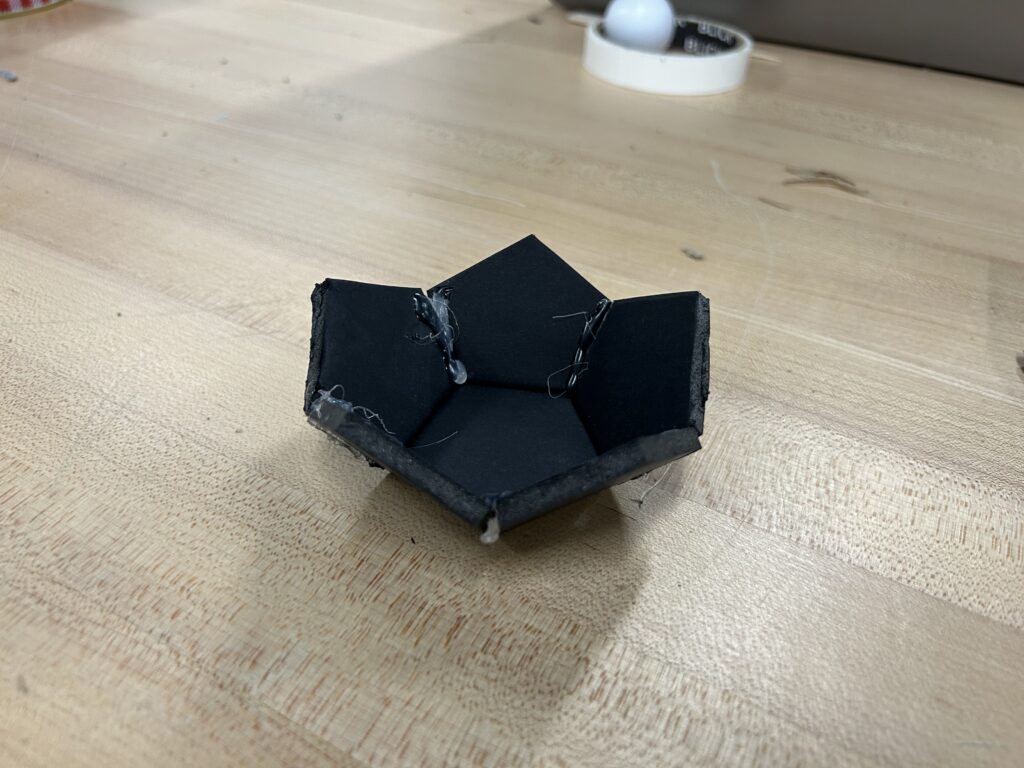
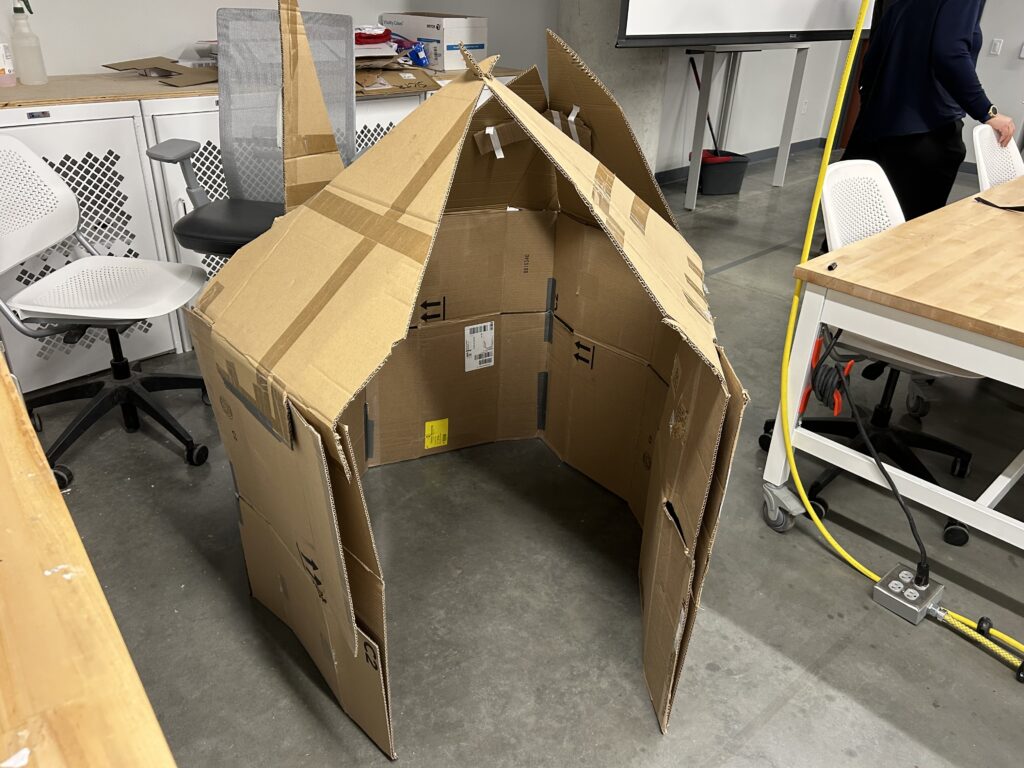
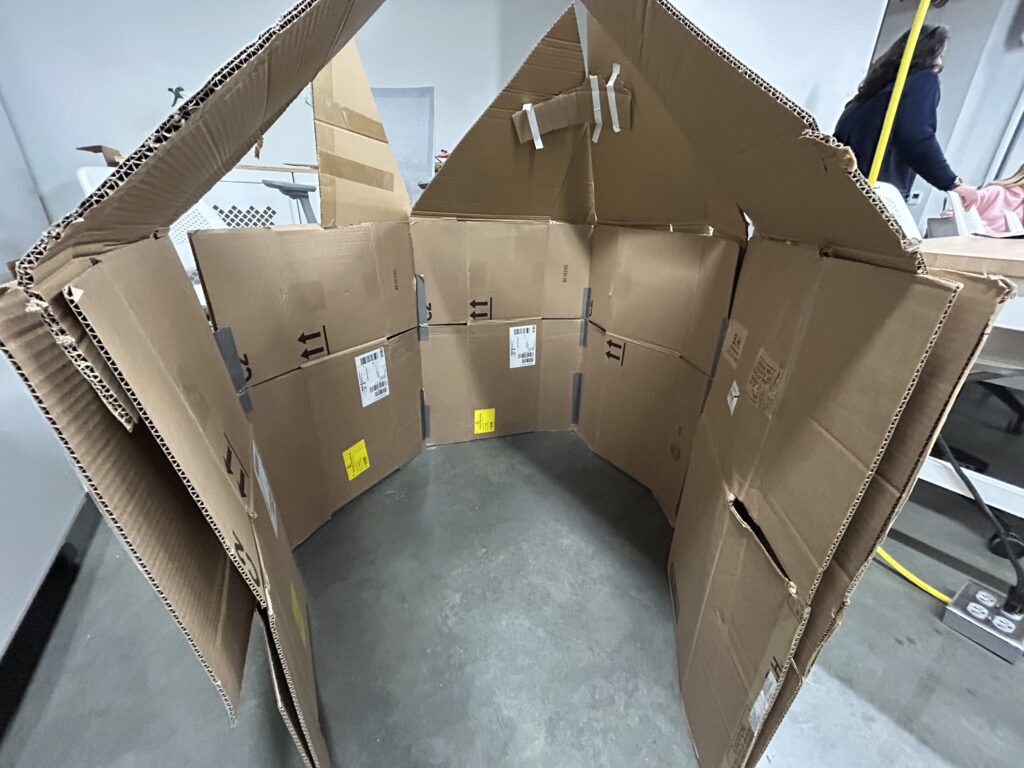
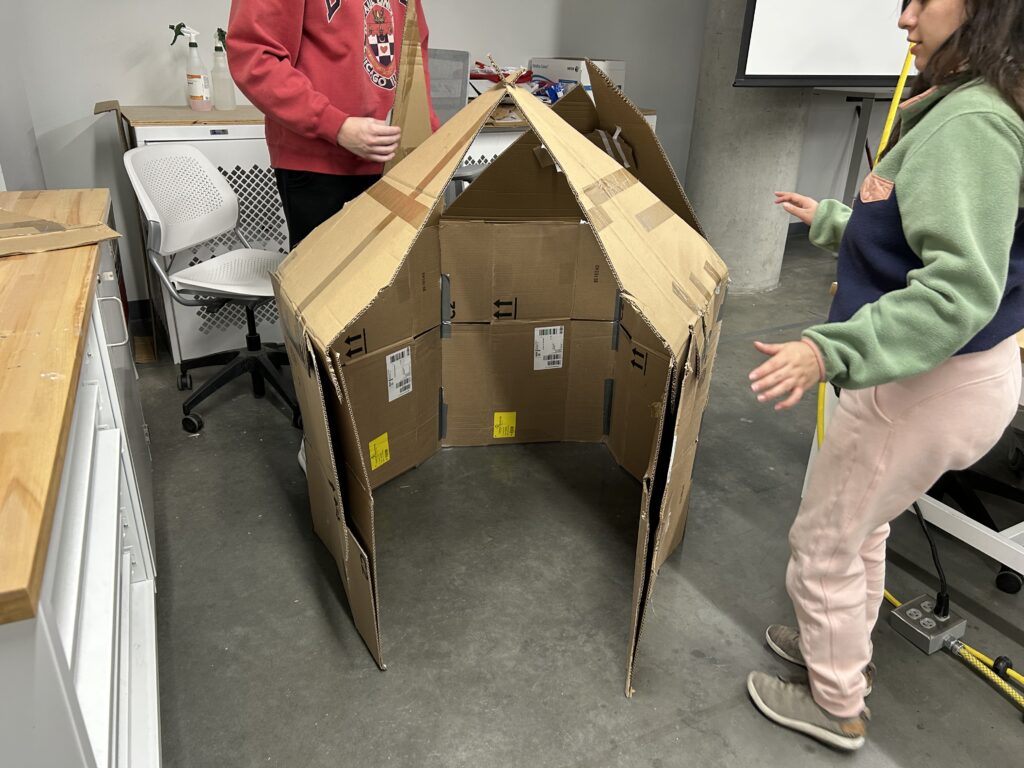
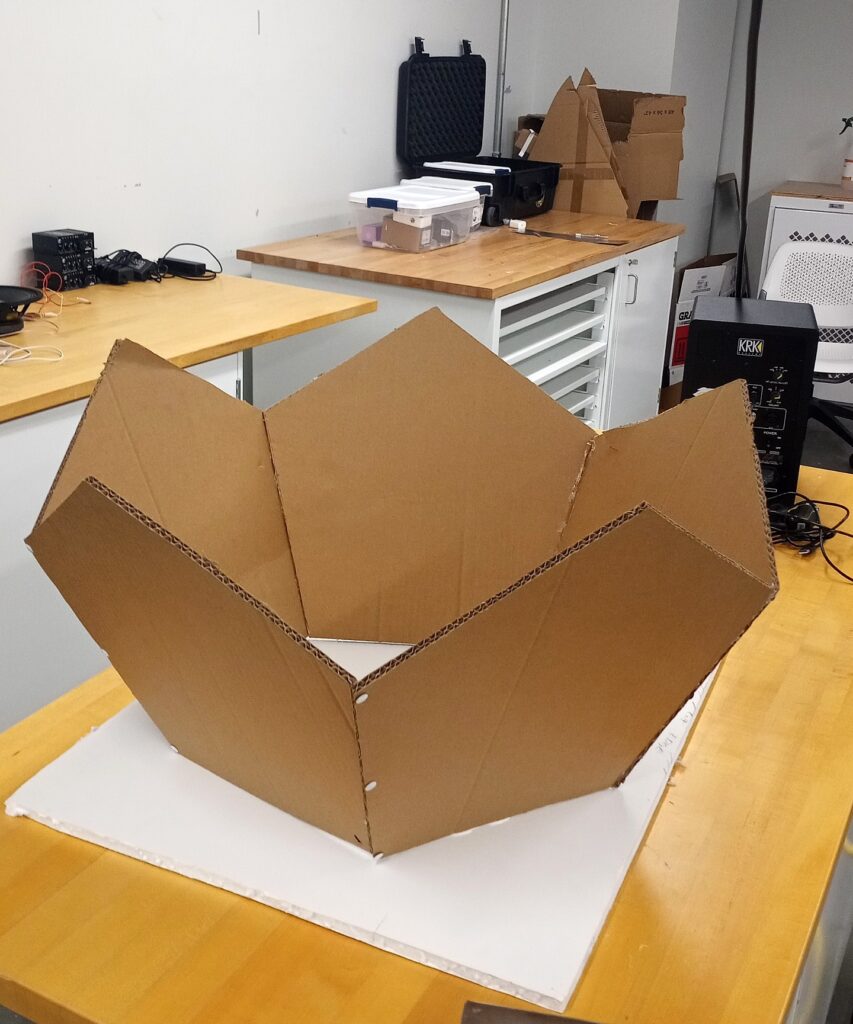
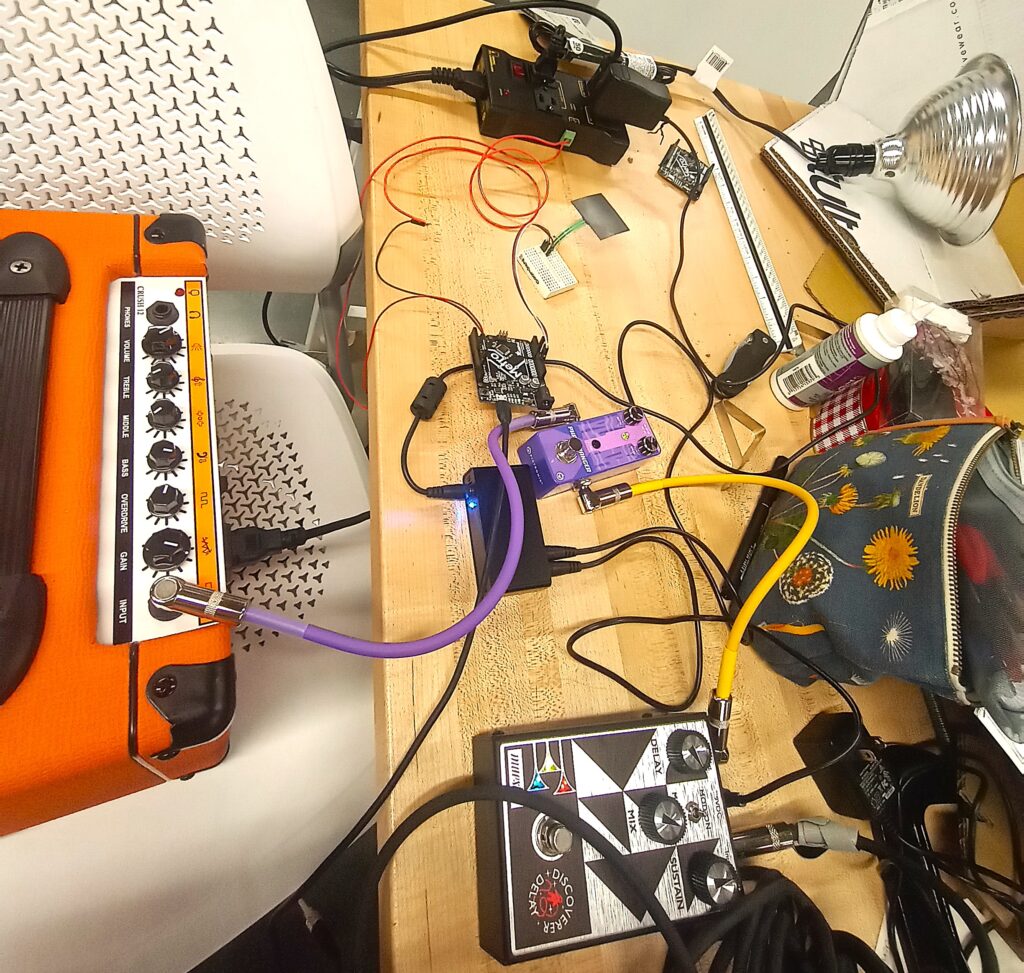
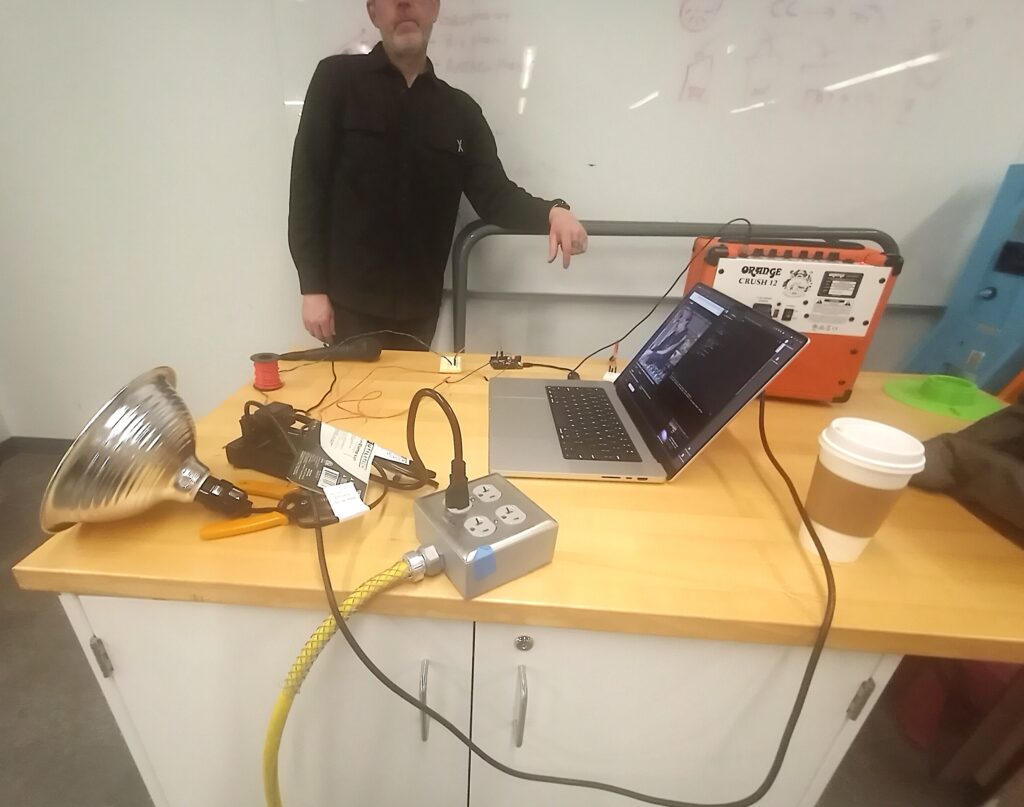
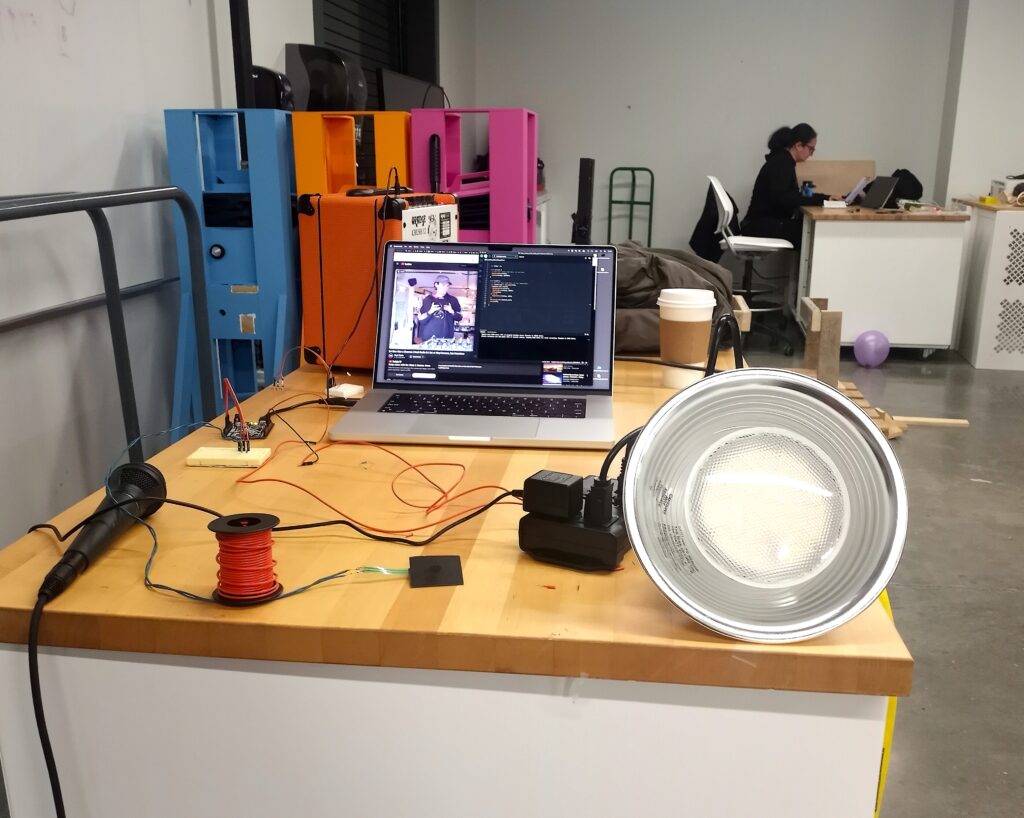
BUILDOUT & CONTRUCTION
As we moved from prototyping into full construction, more pieces of our project began to fall into place. The more we built, the clearer our vision became. With the guidance of our studio professors, we refined the coding and finalized the geometry of the dome, realizing we’d need a combination of hexagons and pentagons to achieve the structure we envisioned. Due to limitations with Arduino and real-time sound distortion, we adjusted our approach, enhancing our pre-recorded soundscape to carry the full emotional weight of the experience.
Team members experienced with laser cutting suggested using cardboard from dumpster diving as our primary material, allowing us to keep the dome sustainable. They designed the panels with small holes around the edges so everything could be zip-tied together. While the zip ties weren’t recycled, nearly everything else was, including the electronics housing, built from leftover cardboard and fabric.
To muffle outside noise, we covered the dome with old blankets. The activation cushion, which triggered the experience when someone sat down, was sewn from recycled T-shirts, with a zipper salvaged from one of them and padding donated by other classmates. Finally, we added a black light inside the dome and wrote poems on the walls; fragments of thoughts and messages that speak to environmental decay and the fragility of all life.
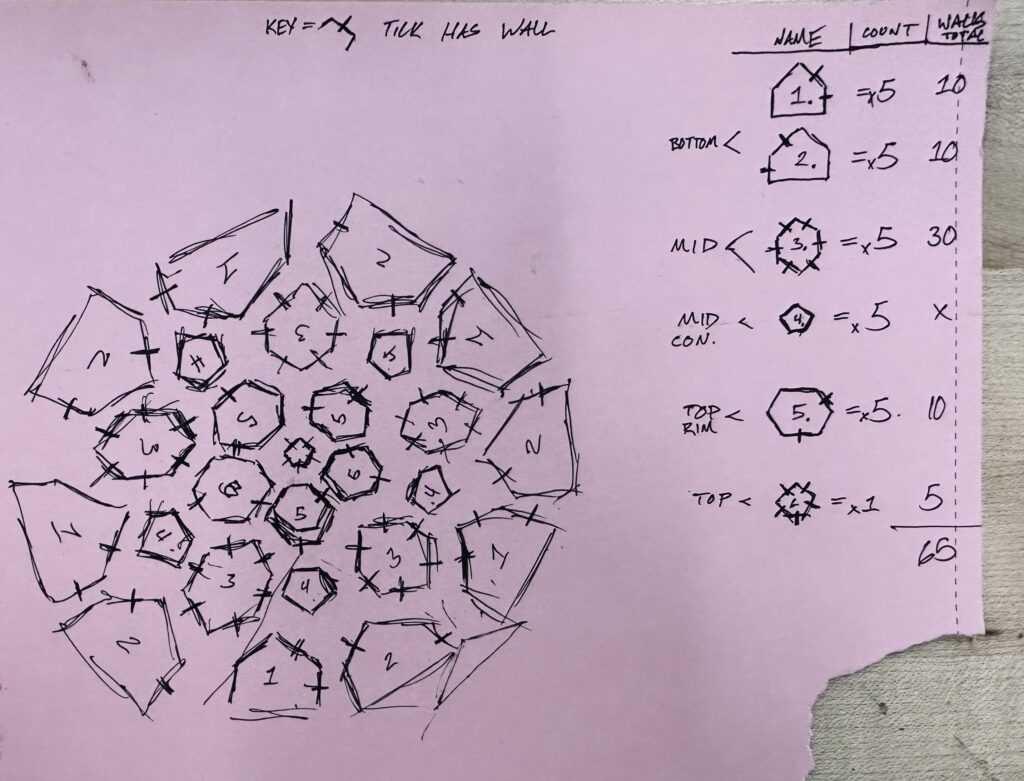
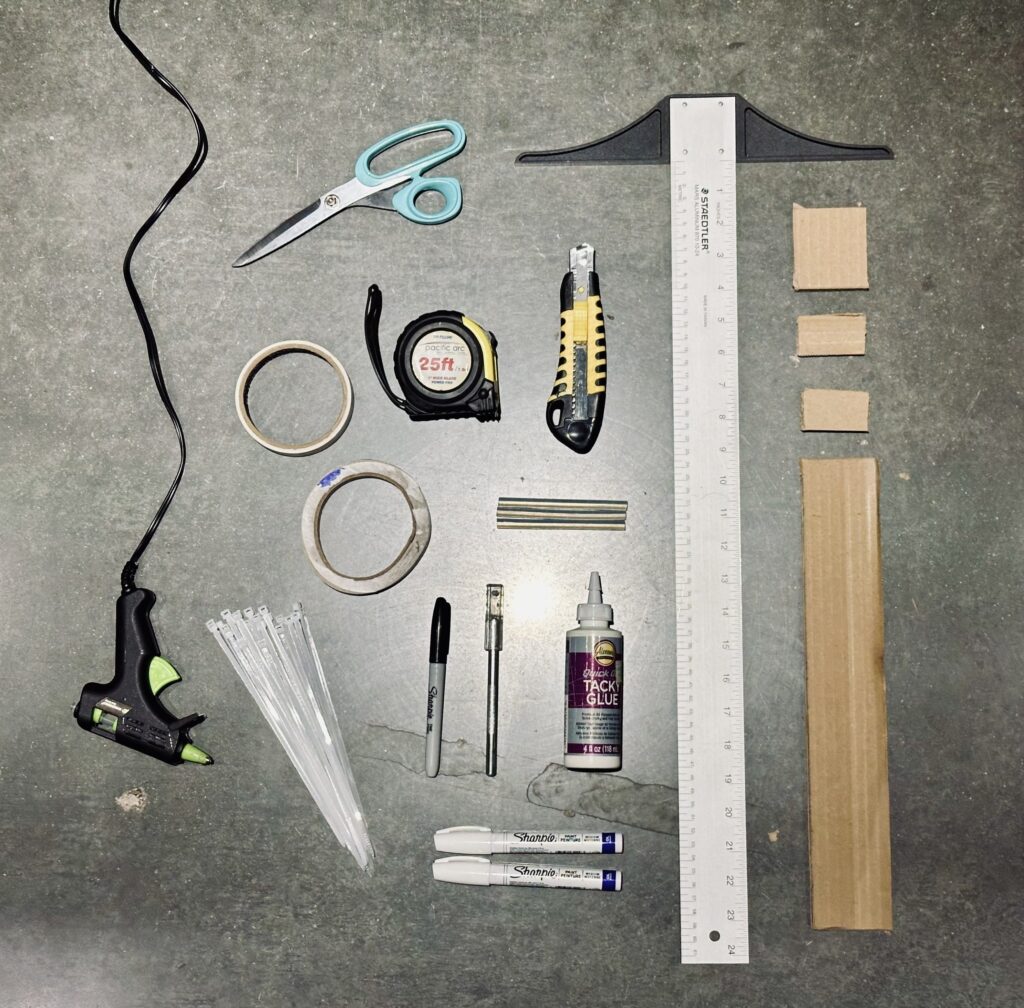
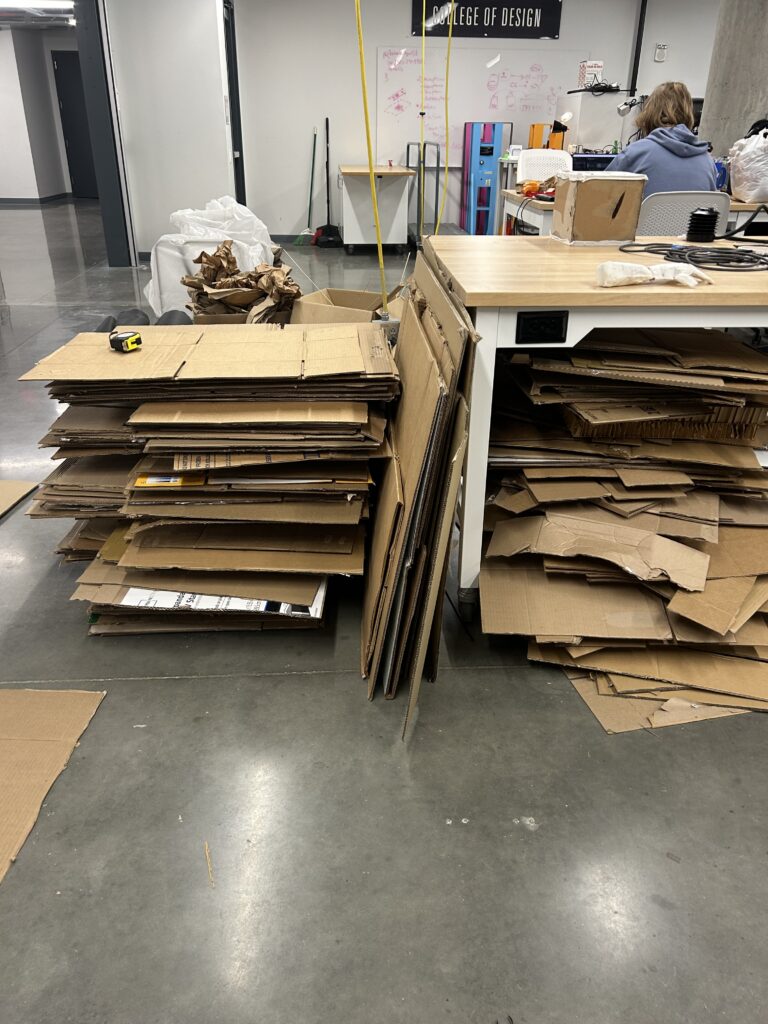
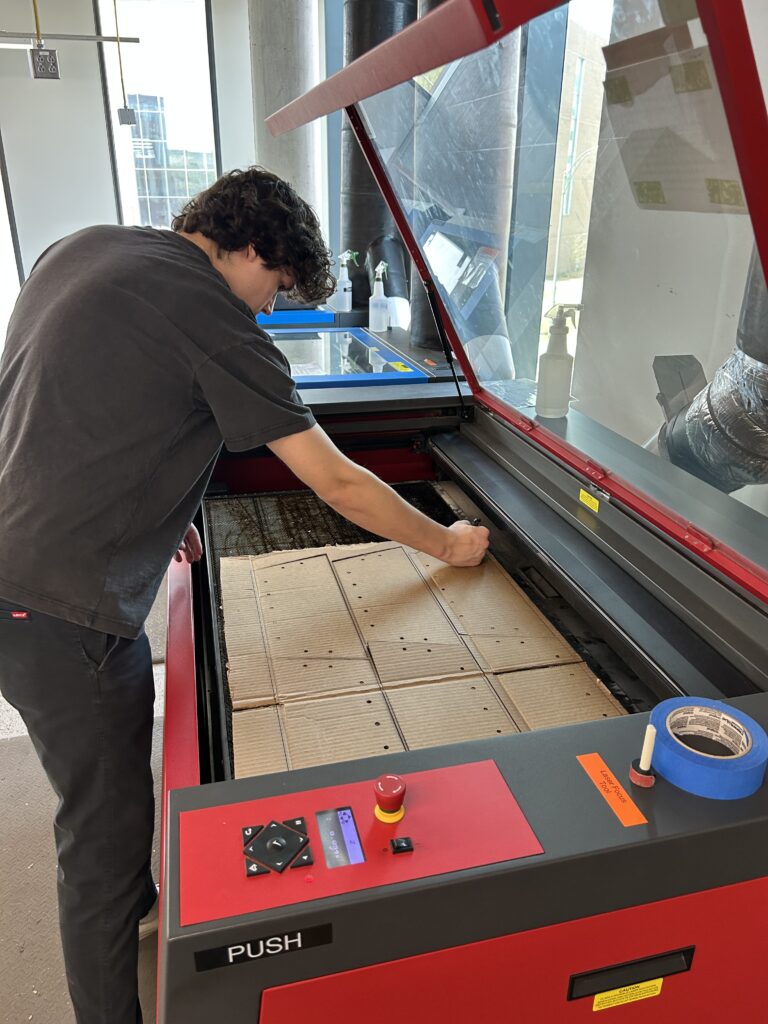
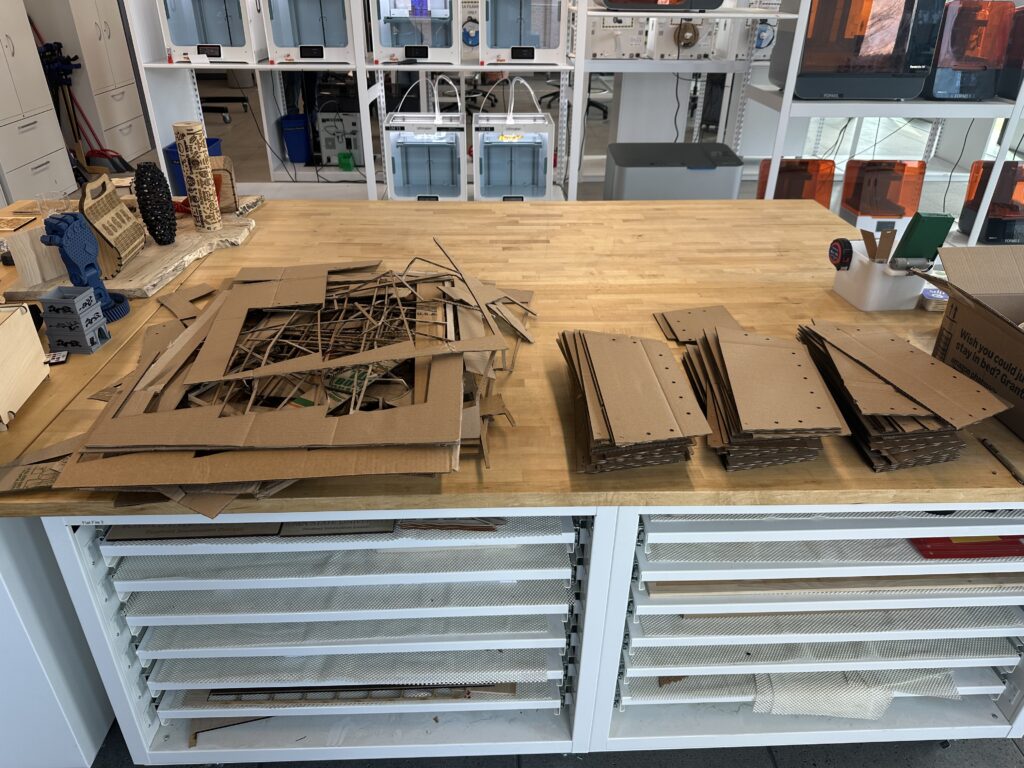
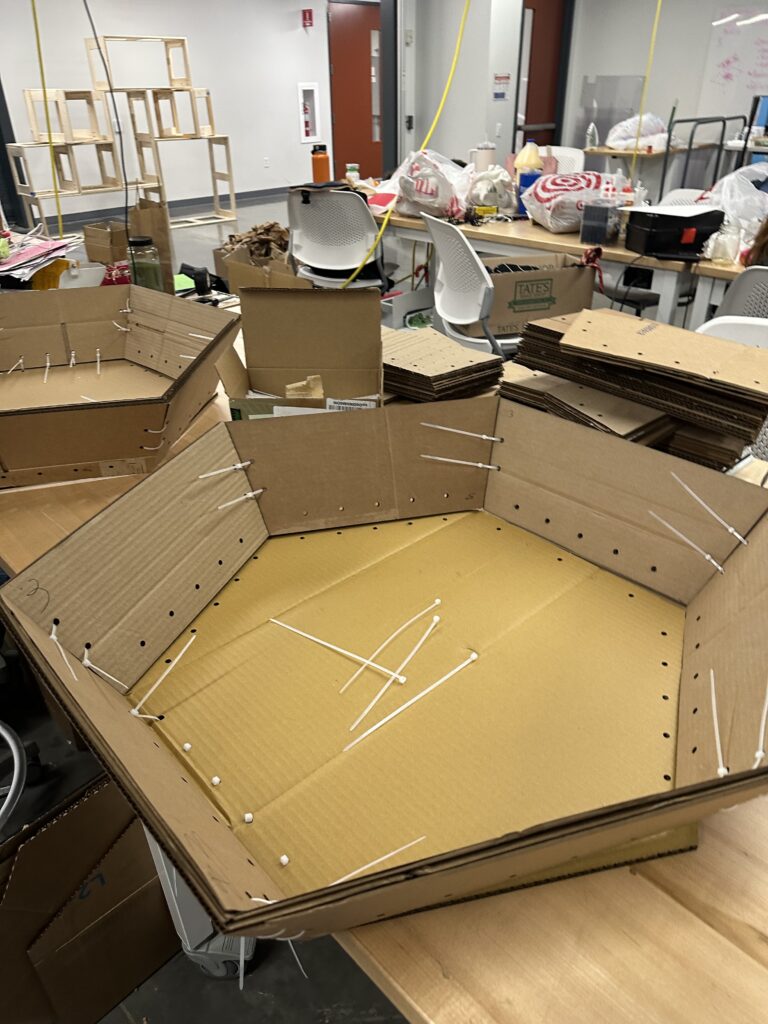
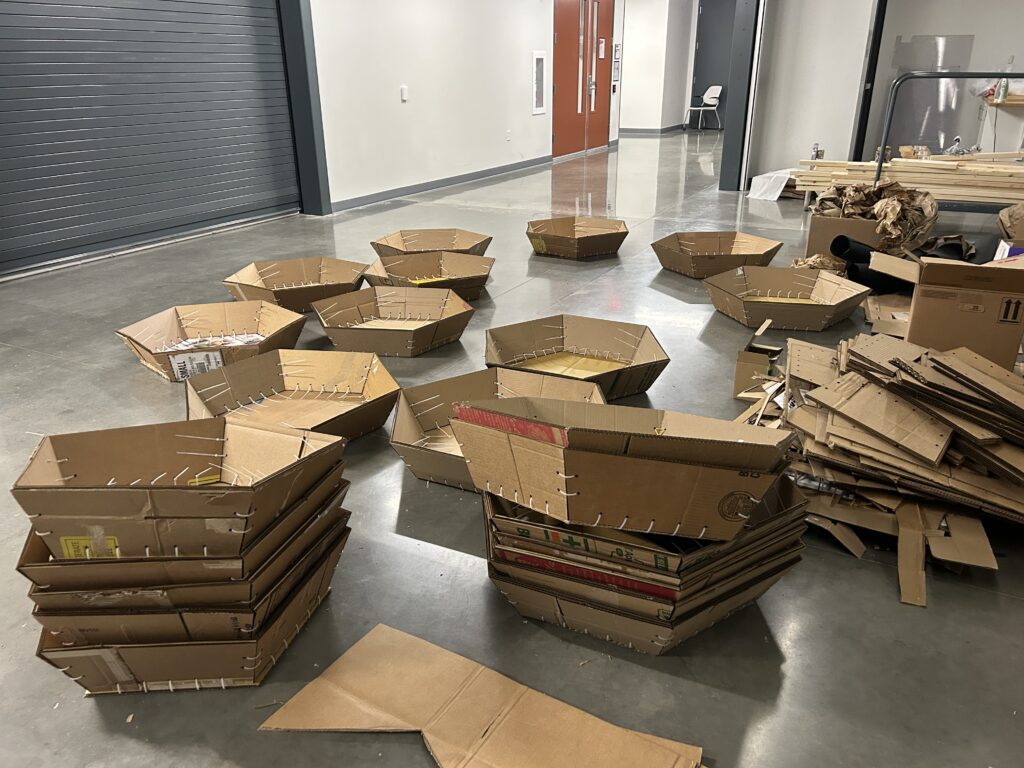
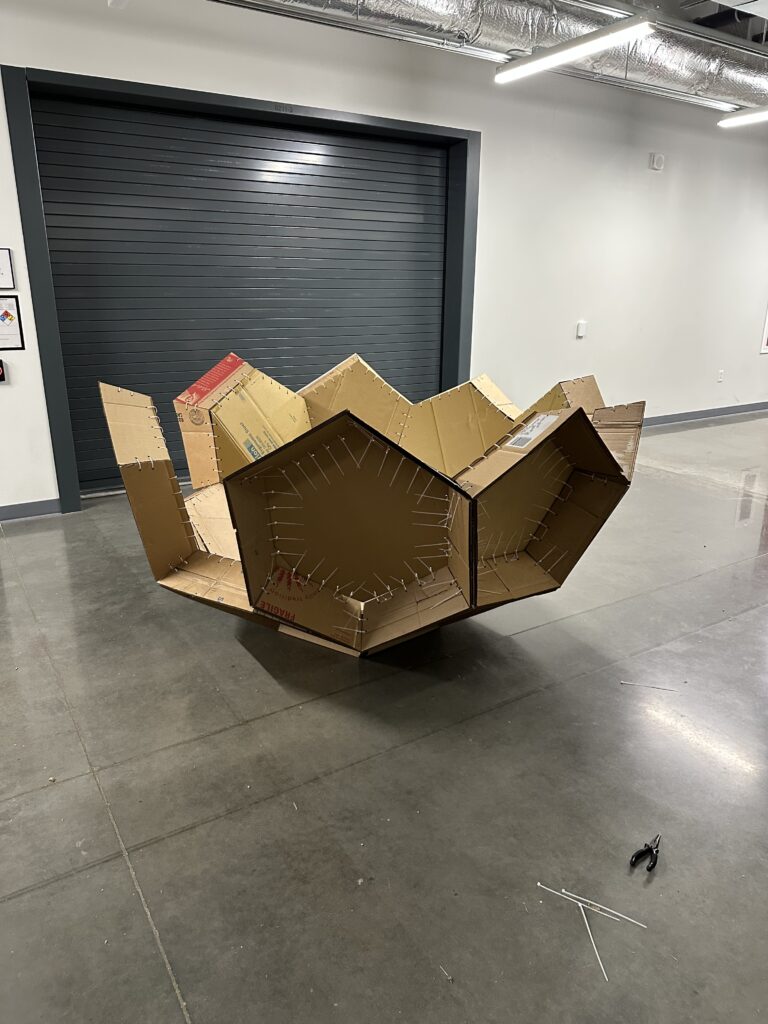
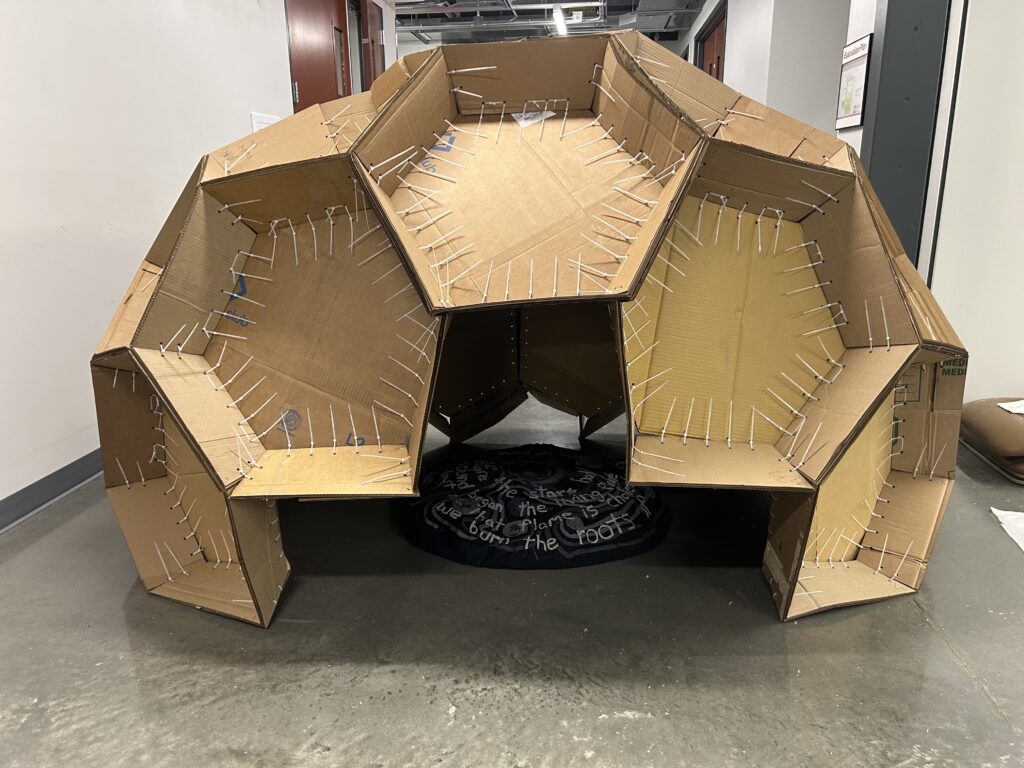
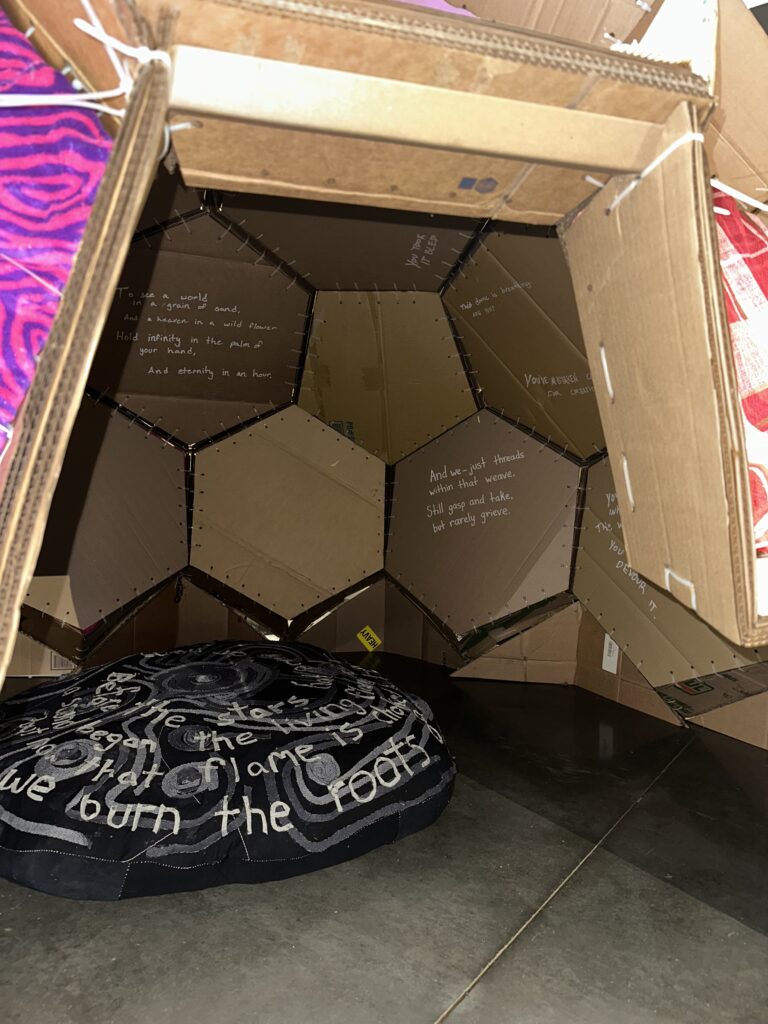
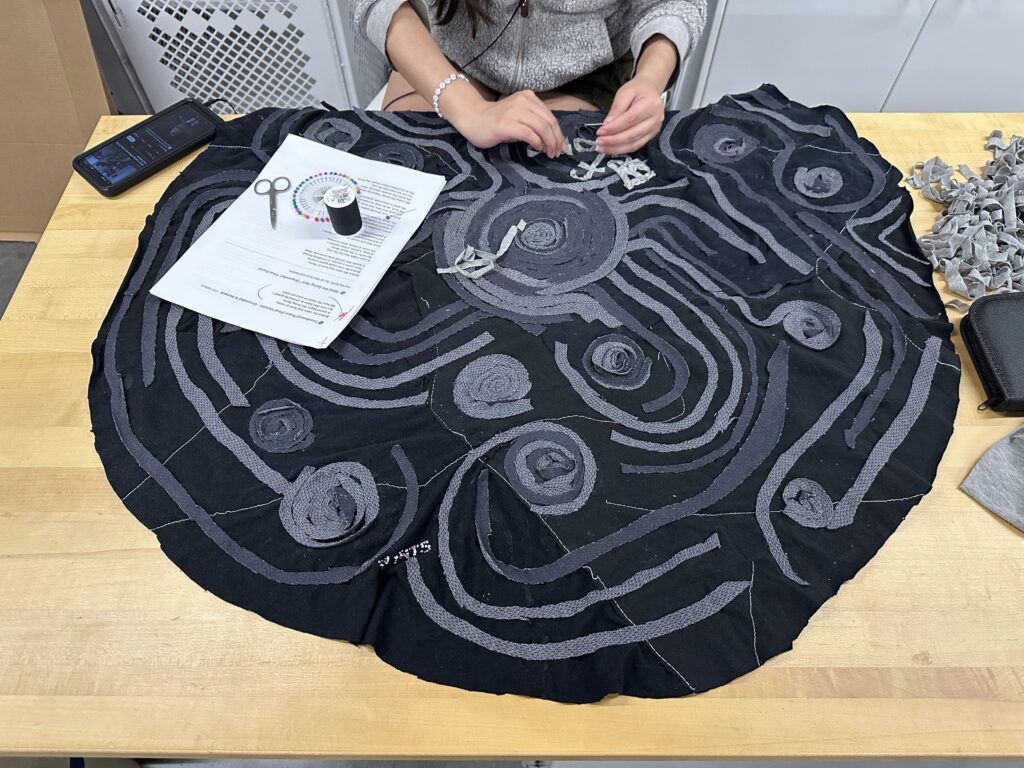
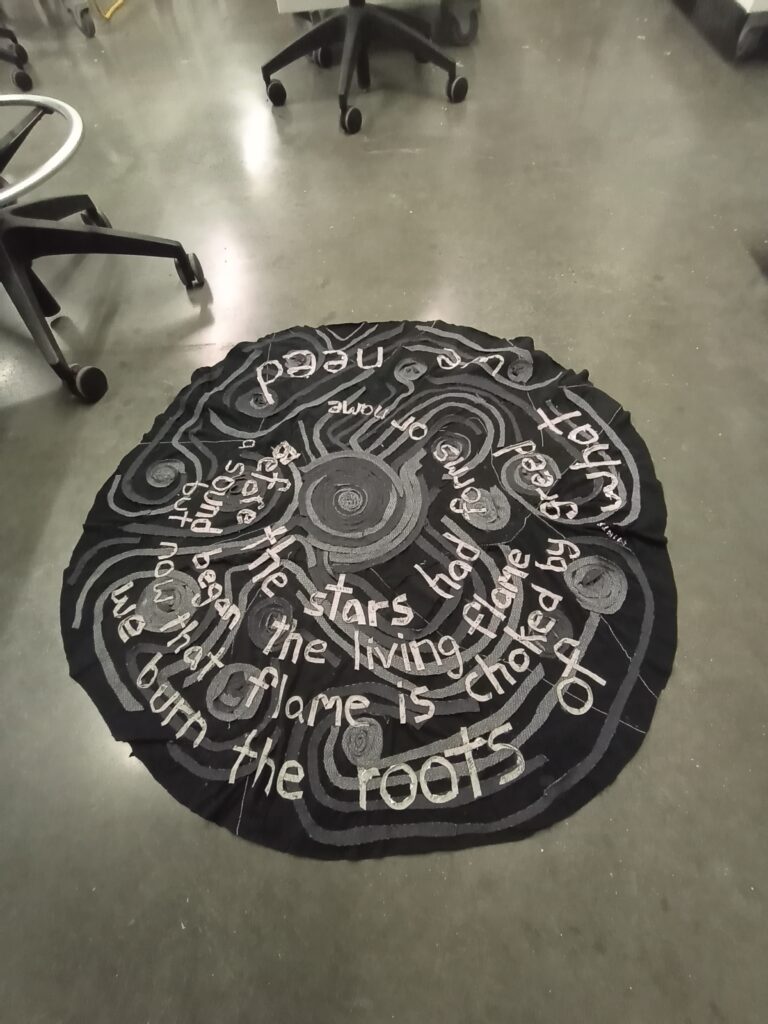
EXHIBITION & CONCLUSION
After countless hours cutting cardboard panels, assembling the dome, sewing the cushion, and composing the soundscape, we finally began putting everything together for the final exhibition. This was where all the components; digital, physical, and sensory, had to work in harmony. We installed two speakers inside the dome, hidden within the walls, with all wiring routed to the back of the structure. Two black lights were suspended from the dome’s peak, casting an eerie glow inside. Using white ink, we handwrote poems and fragments of thought across the inner walls, meant to illuminate under the black light and reinforce the dome’s meditative, unsettling tone. The intent was to create an atmosphere that made people pause, reflect, and feel just enough discomfort to reconsider their relationship with the climate crisis.
The cushion, built from recycled T-shirts and old blankets, triggered the entire experience when someone sat on it, activating the lights and starting the audio track. But the sensor was one of our biggest challenges. Wiring proved more difficult than expected, and the first sensor broke when it was accidentally yanked out during setup. It took nearly four hours just to reassemble and troubleshoot the Arduino and all related wiring. Once working, the sensor still required recalibration almost daily for the first three days of the exhibition. We also integrated a microphone with distortion effects into the dome, which needed its own careful wiring and audio adjustments.
Despite these obstacles, the final result was worth it. It was exciting to watch people interact with the dome, some crawling in cautiously, others curiously drawn to the strange fabrics and sound. While we left white sharpie pens inside to encourage personal contributions, most visitors were hesitant to write or draw unless prompted by a team member. Still, we ended up with a handful of thoughtful doodles and inscriptions that added to the piece. One visitor remarked that the dome “looked warm and inviting from the outside, but felt cold and unsettling inside,” while another said the experience made them “think deeply and feel uncomfortable, but in a necessary way.”
Audience responses varied: some people stayed for just one audio loop, while others lingered through multiple cycles, letting the layered soundscape and poetic visuals settle in. In the end, our dome was approximately 98% recycled. We spent only about $130 in total; mostly on essentials like hot glue, zip ties, and secondhand blankets and clothing. All cardboard was salvaged from dumpsters. The electronics were returned to the studio for future use, and leftover materials were either given to friends or donated to the College of Design’s materials closet.
Though we hoped to donate the dome to a child or the local Boys and Girls Club in Ames, those plans unfortunately fell through. Still, we made sure everything was reused or recycled in some way, with the exception of the zip ties. What began as an abstract exploration of sound and death became a tactile, immersive installation that encouraged viewers to reflect on environmental loss and their role within it. This project was a milestone for our team, not just because we built something from start to finish, but because we learned to design with intention, care, and resourcefulness. It challenged how we think about material waste, impact, and the power of discomfort in driving awareness and potential change.
